
“A good reader, a major reader, an active and creative reader is a rereader.”
--Vladimir Nabokov
Please Clap (timestamp (00:29)
"Happiness has no story."
--Jules Barbey
Literature may not make you a better person. But it may make you a better reader.
This will be a discussion class, not a lecture, and I encourage you to befriend each other by meeting on group on and by continuing discussion after class.
If you have a question or a problem in urgent need of resolution, please contact me in class or at [email protected].
See the Attendance policies for this course.
This book is required: Jane Austen, Northanger Abbey, ed. Susan J. Wolfman. Copies are in the UF bookstore. We will begin discussing Northanger Abbey next Tuesday and we will be using Wolfman's excellent annotations for assignments in class. So you will need own or have access to a copy. I have placed it on two hour reserve in Library West.
My question: Why does the novel have to be sexist, or risk being judged so by the reader? Why must Mr. Tilney be sexist, or the reader be encouraged to think so? Why must the heroine Catherine Moreland be "stupid" (chapter 1), young, ignorant, naive, and natural (and not submissive)? Why must she be like, but never be a gothic heroine, just an atypical heroine? My question is not: is Northanger Abbey sexist or satirical? The answer to that question will be a judgment of the novel / or a character, and once you arrive at the judgment, there is nothing more to say. You have either given the novel a pass or you have cancelled it. You are how you read, not just what you read. Let's keep paying attention to the contradictions in the novel, including Austen writing a novel that sppofs gothic novels instead of writing a feminist tract like Wollstonecraft's A Vindication of the Rights of Women?

Tentative Schedule: (Please expect minor adjustments to be made in the schedule from time to time; all changes will be announced both in class and on the class email listserv.)
Recommended:
Becoming Jane (dir. Julian Jarrold, 2007)
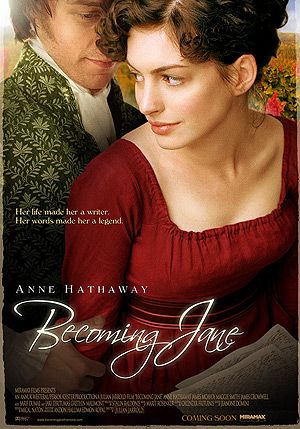
January 9
Before we read the novel, we will watch a TV or film adaptation of it. There will be no spoilers when we discuss the novel. What the adaptation changes or omits can tell us a lot about the novel.
YOUR FIRST ASSIGNMENT:
Due JANUARY 10 by 5:00 p.m: Watch Northanger Abbey (dir. Jon Jones, Masterpiece Theater, 2007). Write two Discussion Questions (DQs) on
Northanger Abbey (dir. Jon Jones, Masterpiece Theater, 2007)
and describe Three shots. Post Your DQs etc BOTH on this google document here. And on canvas https://elearning.ufl.edu/
January 11
REQUIRED VIEWING:
Northanger Abbey (dir. Jon Jones, Masterpiece Theater, 2007)
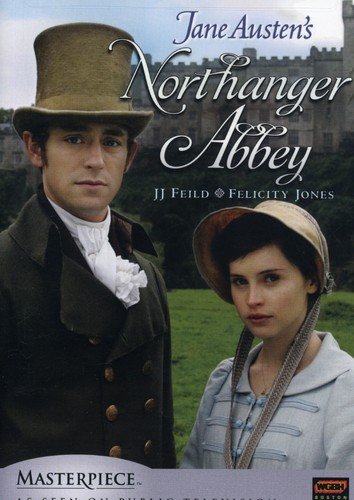
YOUR SECOND ASSIGNMENT:
Due Monday, JANUARY 15 by 5:00 p.m: Post Your Discussion Questions (DQs) and BIG WORDS (DQs, 50-200 words)
Jane Austen, Northanger Abbey, ed. Susan J. Wolfman, Vol 1. Chapters 1-5
Post Your DQs etc BOTH on this google document here. And on canvas https://elearning.ufl.edu/. Don't forget to put your name in the upper right corner.
January 16 Metafiction / Heroine as reader of Gothic / Romance Novels / The Novel as a Low Genre / Women Writers and Readers / Literary Canon Formation through Extracts and Commonplace Books / Imprisonment / The Found Manuscript or Letter
REQUIRED READING:
Jane Austen, Northanger Abbey, ed. Susan J. Wolfman, Vol 1. Chapters 1-5
Recommended (NOT required):
"Introduction" to Jane Austen, Northanger Abbey, ed. Susan J. Wolfman, pp. 30-39. The Integrated Paratext, or Preface; The Narrator Breaking the Narrative Frame
Frances Burney, Evelina, Original Preface
Elegant Extracts was an extremely popular anthology of prose writings by well-known authors, collected by Vicesimus Knox and first published in 1783.
What Isabella and Catherine read, among other Gothic novels:
Ann Radcliffe, The Mysteries of Udolpho (Oxford World's Classics) and Ann Radcliffe, The Italian (Oxford World's Classics)
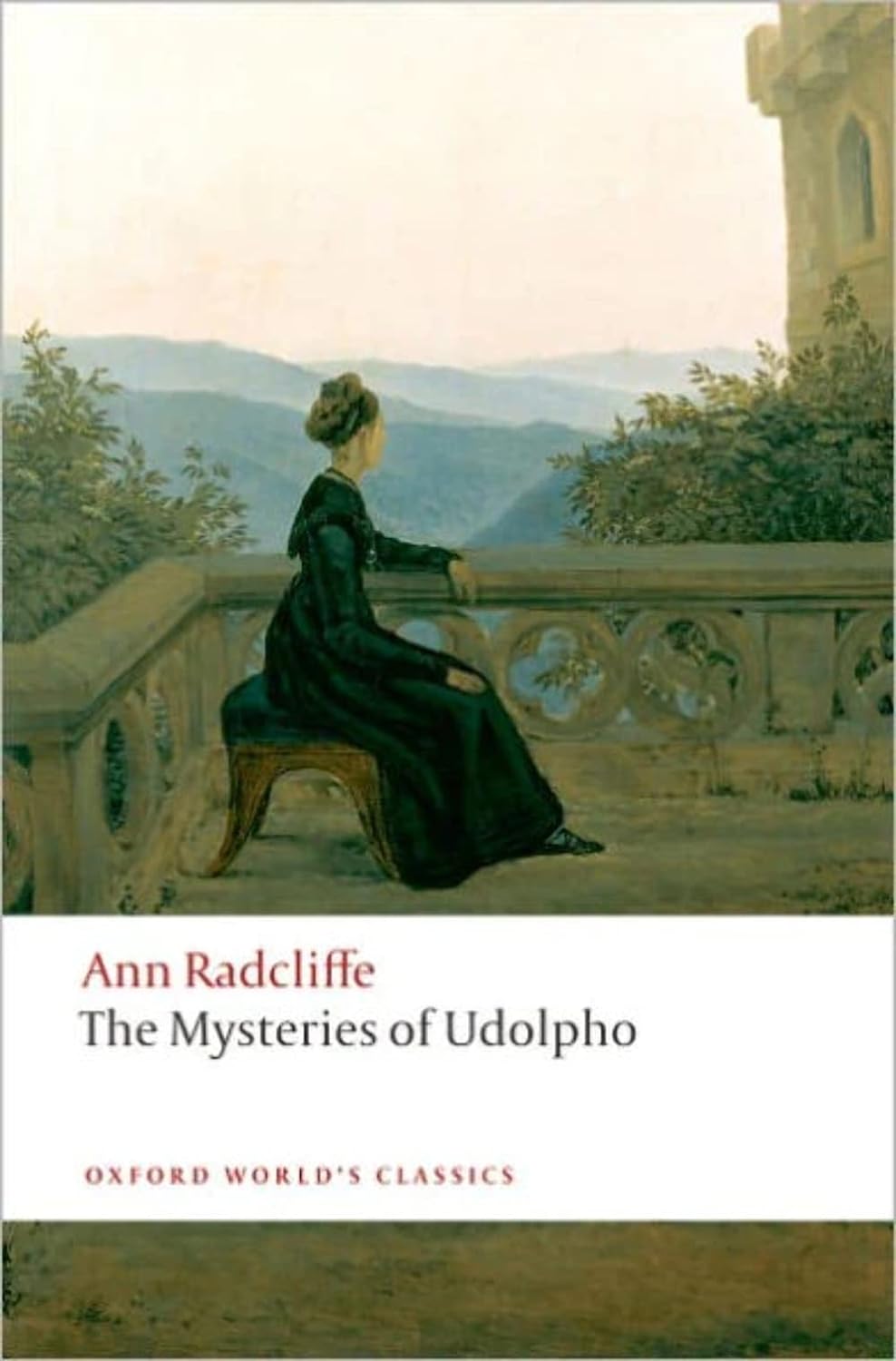

YOUR THIRD ASSIGNMENT:
Due JANUARY 17 by 5:00 p.m: Post Your Discussion Questions (DQs) and BIG WORDS (DQs, 50-200 words) on
Jane Austen, Northanger Abbey, ed. Susan J. Wolfman, Vol 1. Chapters 6-10
Post Your DQs etc BOTH on this google document here. And on canvas https://elearning.ufl.edu/
Co-lead at least four weeks apart.
You can check the schedule here:http://richardburtphd.com/schedAustenBrontes.html
NOTE: Student co-leaders will call on students who don't participate.
Recommended:
Ellen and Julia Lupton, Period Styles: A Brief History of Punctuation (2023)
You will need access to a copy of Susan Wolfman's edition of Northanger Abbey for all future assignments on Austen's novel starting January 22.
January 18
REQUIRED READING:
Jane Austen, Northanger Abbey, ed. Susan J. Wolfman, Vol 1. Chapters 6-10

Due JANUARY 22 by 5:00 p.m: Post Your DQs and BIG WORDS on
Jane Austen, Northanger Abbey, ed. Susan J. Wolfman, Vol 1. Chapters 11-15 BOTH on this google document here. And on canvas https://elearning.ufl.edu/ Don't forget to put your name in the upper right corner.
I will no longer post assignment due dates for Discussion Questions (DQs) and Three BIG WORDS OR THREE shots. Post Your DQs etc BOTH on this google document here. And on canvas https://elearning.ufl.edu/.The work is due every Monday and Wednesday by 5:00 p.m. unless otherwise noted. See the Attendance policies for this course.
January 23
REQUIRED READING:

Recommended Reading:
Lady Feminism vs. Revolutionary Feminism
January 25
REQUIRED READING:
Jane Austen, Northanger Abbey, ed. Susan J. Wolfman, Volume 2. Chapters 1-6.

January 30 The Sentimental Heroine vs. the Gothic Heroine
REQUIRED READING:
Jane Austen, Northanger Abbey, ed. Susan J. Wolfman,Volume 2. Chapters 7-11

See the preface to the first edition of Walpole's The Castle of Otranto (1764); first preface to the first edition of Reeve's Champion of Virture (1977); William Beckford; Samuel Henley (trans) [Vathek.] An Arabian Tale, from an Unpublished Manuscript: with Notes Critical and Explanatory (1809); the Introduction to Anne Radcliffe's Gaston de Blondeville (1826), p. 35 and ff; the preface to Sophia Lee's The Recess (1783–85).
William Cowper, THE TASK, A POEM, IN SIX BOOKS
"Catherine had read too much not to be perfectly aware of the ease with which a wax statue might be introduced, and a supposititious funeral carried on." Vol. 2 Chapter 9, p. 267 Mysteries of Udolpho, IV: XVII (wax statue)
Recommended Secondary Reading on Northanger Abbey:
Sandra M. Gilbert and Susan Gubar's chapter "Austen's Juvenalia" in The Madwoman in the Attic (1979) Second edition 1984, pp. 128-45

February 1
REQUIRED READING:
Jane Austen, Northanger Abbey, ed. Susan J. Wolfman, Volume 2. Chapters 12-16 and "Biographical Notice of the Author," pp. 332-44.

February 6
REQUIRED VIEWING:
Persuasion (dir. 1997)
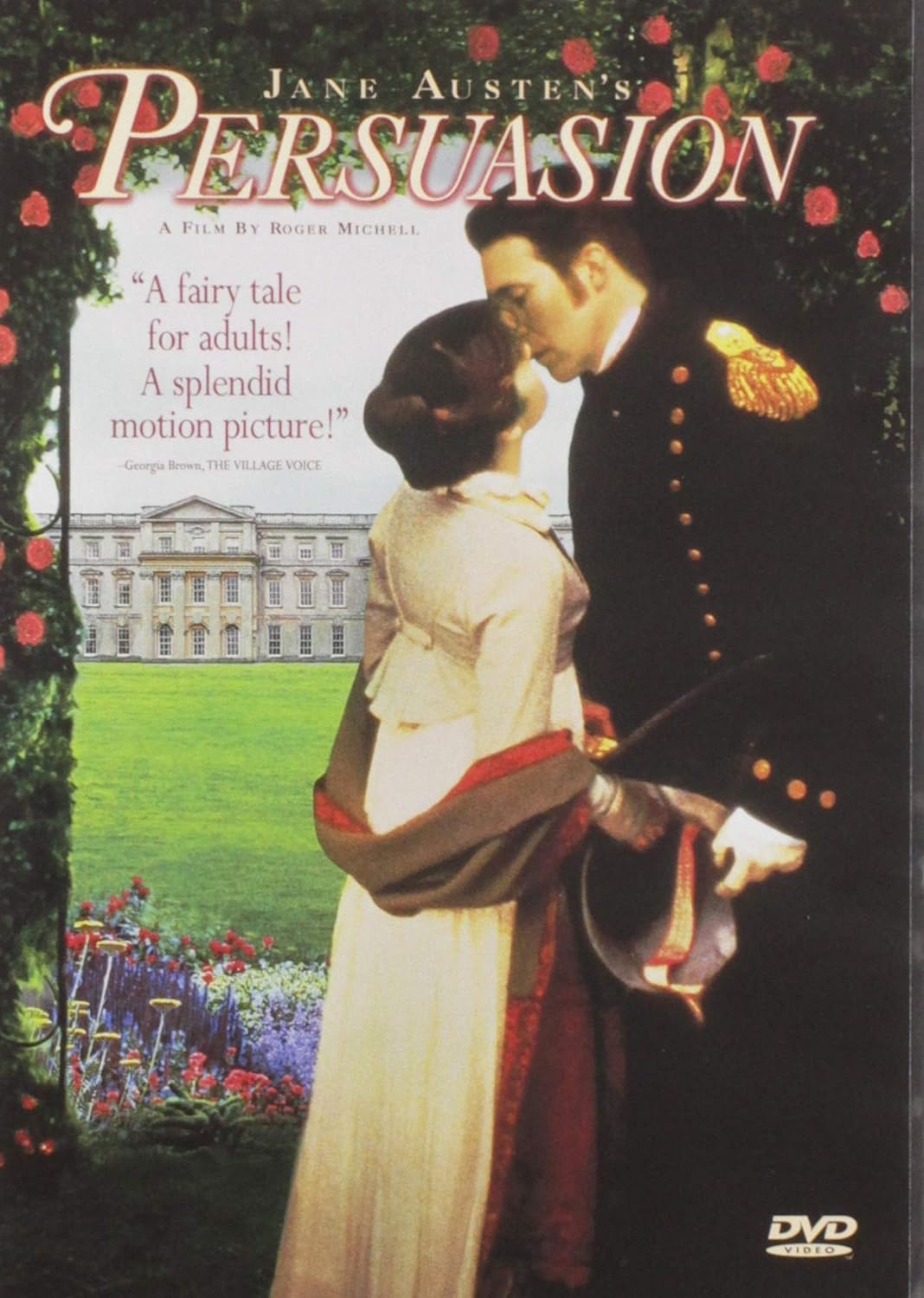
Diagramming Persuasion by character and chapter. Each co-leader will add to the diagram the characters and chapters we'll be discussing. See the diagram below of characters in Wuthering Heights.
FIRST PAPER DUE (Click on the link for information) Saturday, February 10 by 11:59 p.m.
Live GRADING in 4314 Turlington: I will meet with you in person to discuss your paper with you. PLEASE BE ADVISED: If you don't do the asignment, your grade is an automatic E. If you didn't put your name on your paper, it's an automatic E. If you didn't have a proper title, it's an automatic E. If you didn't have a thesis, it's an automatic E. One third of your grade will be based on your title; one third on your thesis; and one third on the rest of your paper.
February 8
REQUIRED READING:
Jane Austen, Persuasion: An Annotated Edition (Ed. Robert Morrison), Vol 1. Chapters, 1-6, pp. 33-100.

February 13
REQUIRED READING:
Jane Austen, Persuasion: An Annotated Edition (Ed. Robert Morrison) Vol 1. Chapters 7-12, pp. 91-165.

February 15
REQUIRED READING:
Jane Austen, Persuasion: An Annotated Edition (Ed. Robert Morrison) Vol 2. Chapters 1-3, pp. 169-96.

February 20
REQUIRED READING:
Jane Austen, Persuasion: An Annotated Edition (Ed. Robert Morrison) Vol. 2 Chapters 4-8, pp. 196-244.

February 22
REQUIRED READING:
Jane Austen, Persuasion: An Annotated Edition (Ed. Robert Morrison) Vol. 2. Chapters 9-12, pp. 245-305.

February 27
REQUIRED READING:
Jane Austen, Persuasion: An Annotated Edition (Ed. Robert Morrison): Original Ending and "Biographical Notice of the Author," pp. 309-25.
Recommended Reading:
The "Cancelled Chapters" of Persuasion: "The first chapter replaces the existing Volume II, Chapter X (22) and XI (23), and the second chapter is pretty much the same as the existing Chapter XII (24)."
Jane Austen, Persuasion “Appendix I: Cancelled Chapters of Persuasion.”

February 29
REQUIRED VIEWING:
Jane Eyre (dir. Robert Louis Stevenson, 1944)
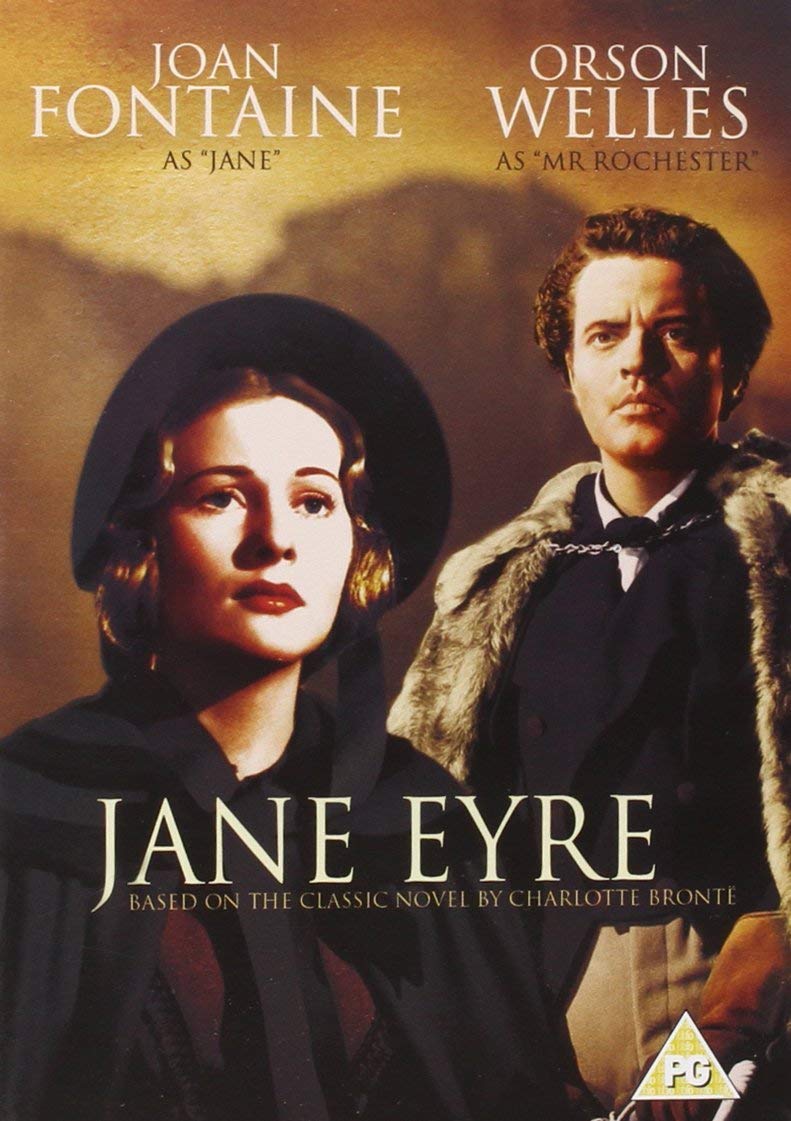
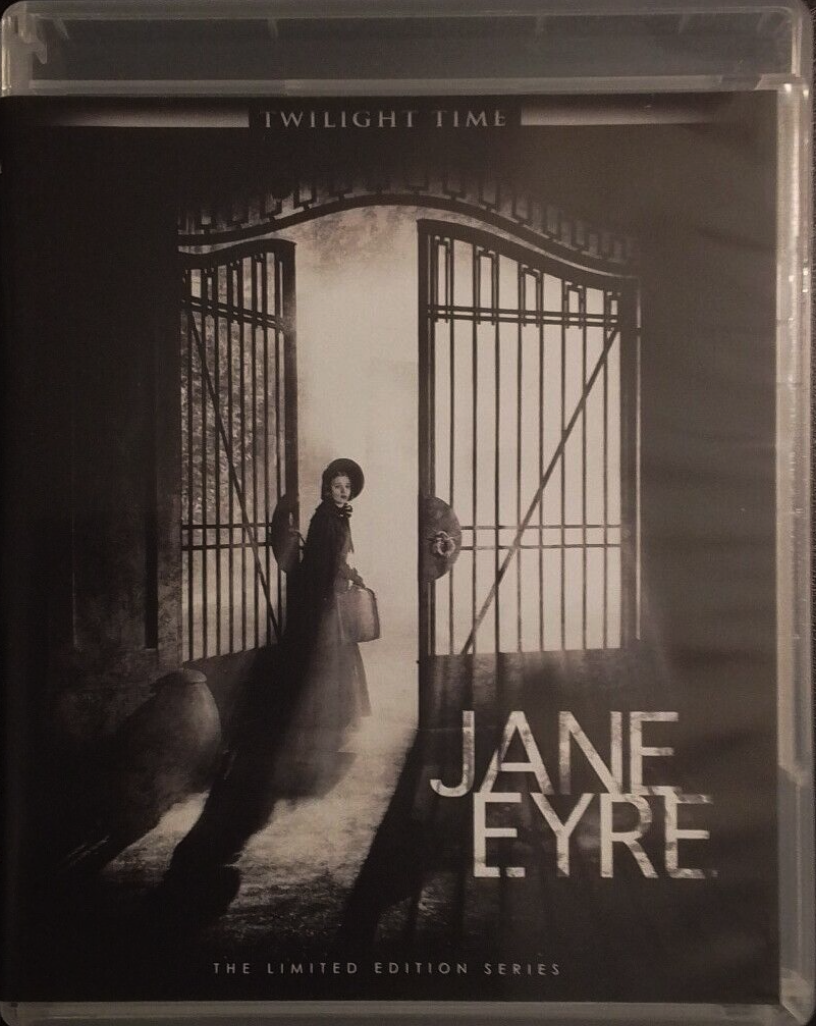
March 5
REQUIRED READING:
Charlotte Brontë, Jane Eyre (Oxford World's Classics) 2019
Juliette Atkinson (Editor), Margaret Smith (Editor)
Vol 1 Chapters I-XI, pp. 7-106
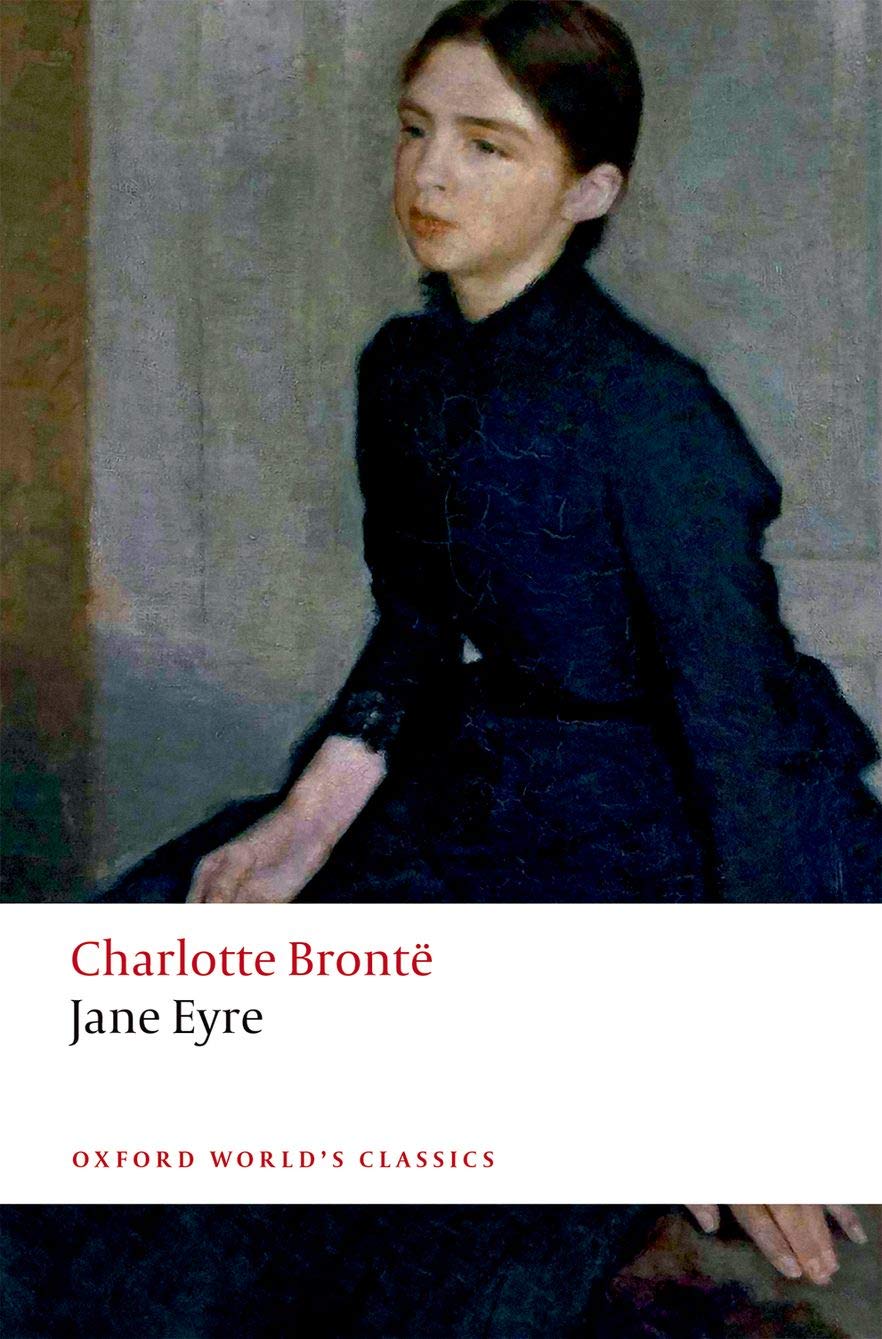
March 7
REQUIRED READING:
Charlotte Brontë, Jane Eyre (Oxford World's Classics) 2019
Juliette Atkinson (Editor), Margaret Smith (Editor)
Vol 1 Chapters XIV-XV, Vol. 2 Chapters 1-III, pp.106-190
Recommended Reading:
Thomas Dutoit, "Chain err-reading: Jane Eyre by Charlotte Brontė," L’Atelier, 2011, Reading Mis- reading, Vol. 3 (No 1), pp.37-68. hal-01119067
March 12
SPRING BREAK
March 14
SPRING BREAK
March 19
REQUIRED READING:
Charlotte Brontë, Jane Eyre (Oxford World's Classics) 2019
Juliette Atkinson (Editor), Margaret Smith (Editor)
Vol. 2 Chapters IV-IX, pp.190-250

March 21
REQUIRED READING:
Charlotte Brontë, Jane Eyre (Oxford World's Classics) 2019
Juliette Atkinson (Editor), Margaret Smith (Editor)
Vol. 2 Chapters IX-X and Vol 3 Chapters I-IV, pp. 250-349

Recommended:
Austen's Mansfield Park (dir. Patricia Rozema, 1999) and slavery
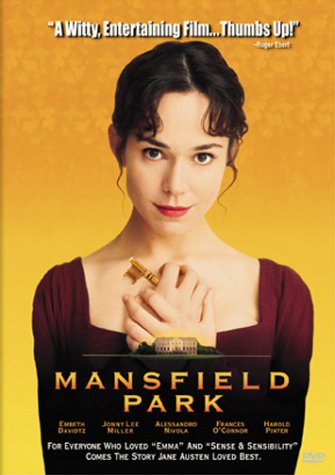
March 26
REQUIRED READING:
Charlotte Brontë, Jane Eyre (Oxford World's Classics) 2019 Juliette Atkinson (Editor), Margaret Smith (Editor) Vol 3, Chapters V-VIII, pp. 349-99

Recommended Reading:
Virginia Woolf, A Room of One's Own (1929) (pages devoted to Jane Austen and Jane Eyre), p. 102ff; p. 57ff
March 28
REQUIRED READING:
Charlotte Brontë, Jane Eyre (Oxford World's Classics)
Juliette Atkinson (Editor), Margaret Smith (Editor)
Vol 3, Chapters IX-XII, pp. 399-440

Recommended Reading:
Sandra M. Gilbert and Susan Gubar's chapter on Jane Eyre in The Madwoman in the Attic

RECOMMENDED VIEWING:
Who is the better writer? Jane Austen or Emily Brontë?
Jane Austen vs Emily Brontë: The Queens of English Literature Debate with Dominic West
April 2
REQUIRED VIEWING: Wuthering Heights (dir. William Wyler)
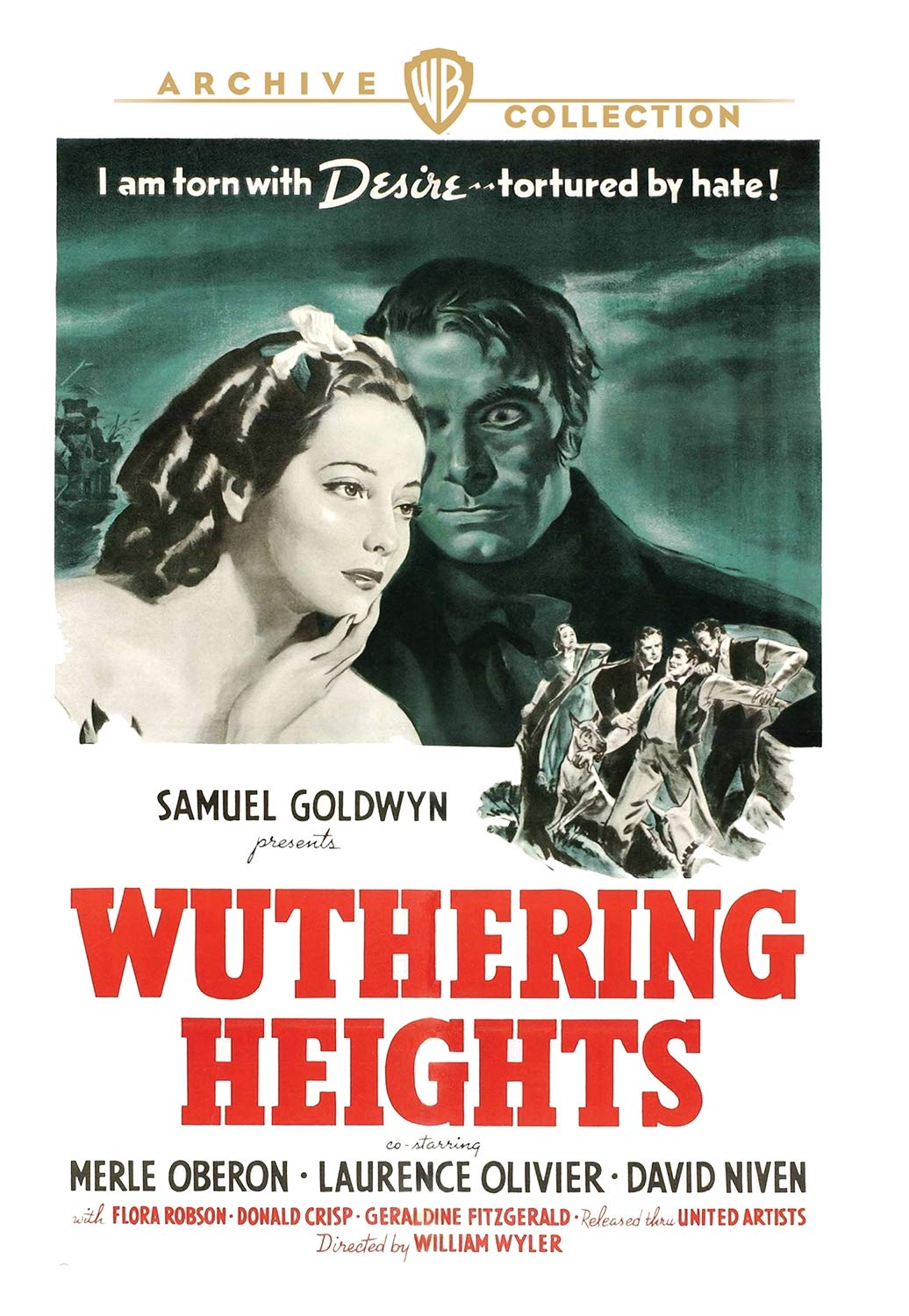
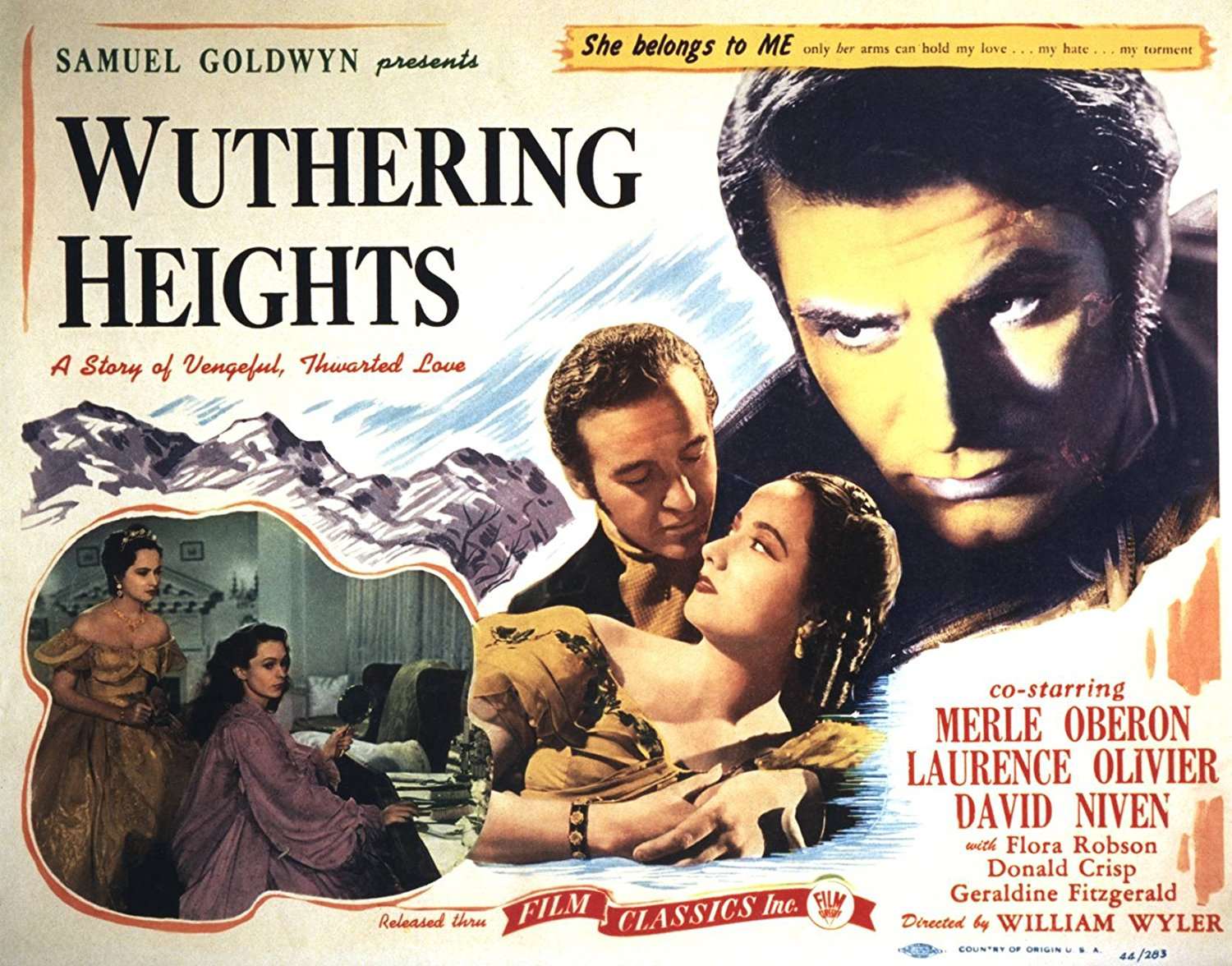
Recommended Viewings and Readings:
Hurlevent (dir. Jacques Rivette, 1985)
Mary M. Wiles, "From the Brontëan Text to the Tableaux: Jacques Rivette’s Hurlevent" July 2016
Valérie Hazette Hurlevent: Jacques Rivette’s Adaptation of Wuthering Heights December 2003
Hauts de Hurlevent (dir. Luis Bunuel, 1968)
Wuthering Heights (dir. 1992)
Emily (dir. Frances O’Connor, 2023)
The Brontë Sisters (dir. Andre Techne, 1979)
SECOND PAPER, DUE March 5 by 11:59 p.m.
April 4
REQUIRED READING:
Emily Brontë, Wuthering Heights Volume 1, Chapters 1-VII

April 9
REQUIRED READING:
Emily Brontë, Wuthering Heights Volume 1, Chapters VIII-XII

Recommended:
Twilight gives new Brontë films wings

April 11
NEW DQS FORMAT: Select a short passage like the ones I've sent you and discussed in class. Explain (a) what is striking about it and (b) what you think Bronte is doing. Here is an example.
“I seek no revenge on you,” replied Heathcliff, less vehemently. “That’s not the plan. The tyrant grinds down his slaves and they don’t turn against him; they crush those beneath them. You are welcome to torture me to death for your amusement, only allow me to amuse myself a little in the same style, and refrain from insult as much as you are able. Having levelled my palace, don’t erect a hovel and complacently admire your own charity in giving me that for a home. If I imagined you really wished me to marry Isabel, I’d cut my throat!”
REQUIRED READING:
Emily Brontë, Wuthering Heights Volume 1, Chapter XIII-Volume 2, Chapter II

April 16
REQUIRED READING:
Emily Brontë, Wuthering Heights Volume 2, Chapters III-VIII

April 18
REQUIRED READING:
TWO REQUIRED READINGS (Select one passage from each reading) :
1. Emily Brontë, Wuthering Heights Volume 2, Chapters IX-XIV

2. Georges Bataille's chapter on "Emily Bronte" in Literature and Evil, pp. 15-30

SECOND PAPER / NOT PAPER
DUE Saturday, APRIL 21 by 11:59
Send the passage you will discuss to me during live grading at [email protected] by Saturday, APRIL 21 by 11:59 Just send the passage, nothing else.
Live GRADING in 4314 Turlington April 22 and April 23: I will meet with you in person for ten minutes while listen to your comments and respond, if there is time.
I will post a sign up sheet on google docs soon and let you know when I have done so.
Email your paper to me at [email protected].
April 23
REQUIRED READING:
Emily Brontë, Wuthering Heights Volume 2, Chapters XV--to the end

Recommended Reading:
"Biographical Notice of Ellis and Acton Bell"
"With time and labour, the crag took human shape; and there it stands colossal, dark, and frowning, half statue, half rock: in the former sense, terrible and goblin-like; in the latter, almost beautiful, for its colouring is of mellow grey, and moorland moss clothes it; and heath, with its blooming bells and balmy fragrance, grows faithfully close to the giant’s foot."
--Editor's Preface to the New edition of Wuthering Heights [1850]
A Digital Facsimile of the 1850 edition of Wuthering Heights, edited by Charlotte Brontë
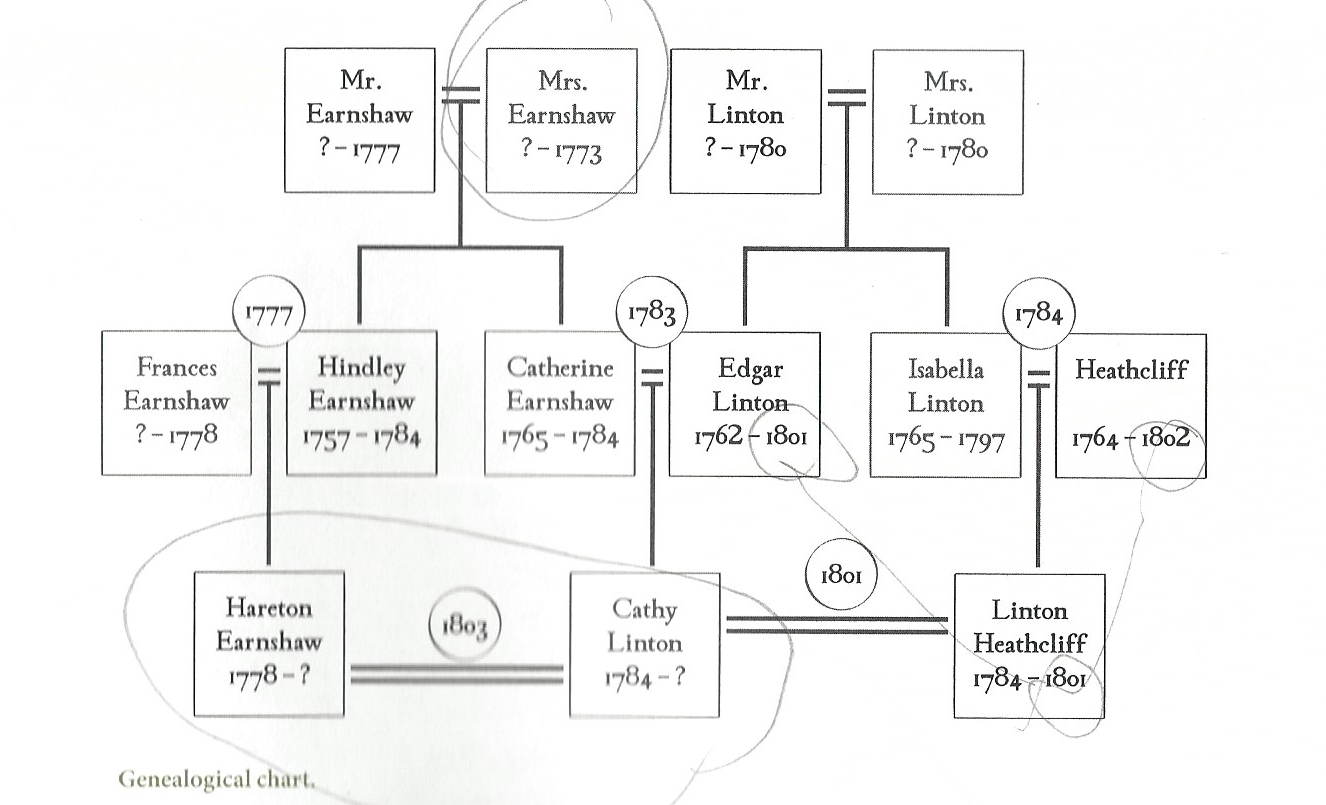


The End (Dir. Christopher Maclaine)
Diane Hoeveler, "Vindicating Northanger Abbey: Wollstonecraft, Austen, and Gothic Feminism," in Jane Austen and Discourses of Feminism. Ed. Devoney Looser. New York: St. Martin's Press (Macmillan), 1995: 117-135.
Virginia Woolf, Jane Austen, in The Uncommon Reader and "JANE EYRE" AND "WUTHERING HEIGHTS"
Virginia Woolf, "Jane Austen at Sixty" 1923
"How to Misread Jane Austen" | The New Yorker Oct 5, 2020
Mary Wollstonecraft, A Vindication of the Rights of Woman
Cambridge edition of Northanger Abbey Deirdre Le Faye "Appendix_Summaries_and_Extracts_from_Ann_Radcliffe's_Novels"
Reading Extracts in Austen.
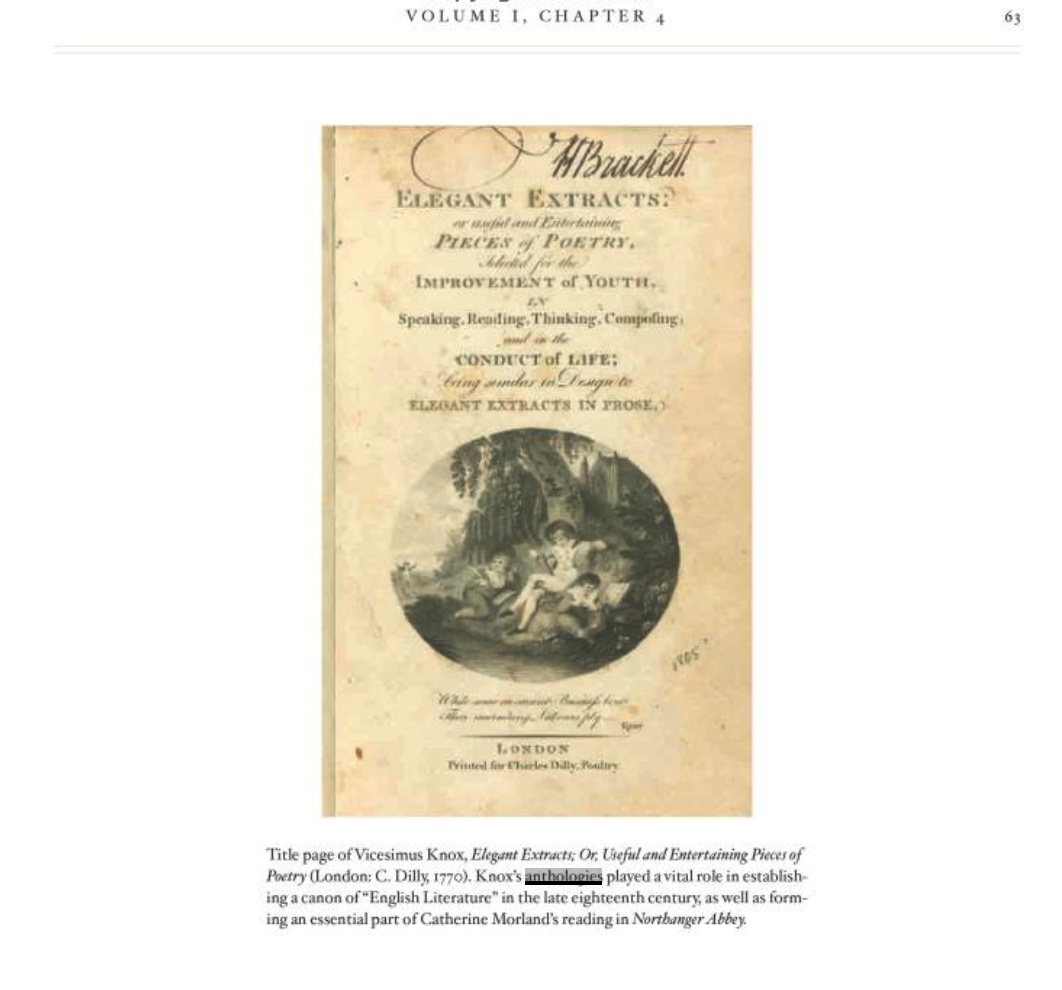
In order to learn the names of all the students in the class, I will take roll on canvas at the beginning of class. As I state on the requirements webpage, if you are late to class, I consider you absent. If you are absent more than twice, your final grade may suffer. If you are absent four times, you fail the class.
Here is what I have written on the requirements webpage:
"Attendance means not only being in class, but includes completing the assigned work for each class by the time it is due and arriving to class on time. (If you arrive late to class or if you don't do the discussion questions, you are counted as absent.)"
NOTHING BELOW IS REQUIRED FOR THIS COURSE. YOU MAY IGNORE IT ALL.
THIRD PAPER will be modelled on this program debating who is the better writer:
Jane Austen vs Emily Brontë: The Queens of English Literature Debate with Dominic West
In your paper, choose either between
Austen's Northanger Abbey and Persuasion.
or between
Jane Eyre and Wuthering Heights.
State your criteria for giving your critical judgment, give a passage from each novel, and describe them to prove your case.
P. Galloway, "The Conservative Attitude toward Fiction, 1770-1830," PMLA, 45 (December 1940), 1041-59.
D. A. Miller "Austen's Attitude It is a truth universally acknowledged, that ..." Yale Journal of Criticism 8 (1995): I-5
Ellen Moody, The Gothic Northanger Abbey: A Re-evaluation (2008)
Charlotte Lennox, The Female Quixote, Or, The Adventures of Arabella 1752
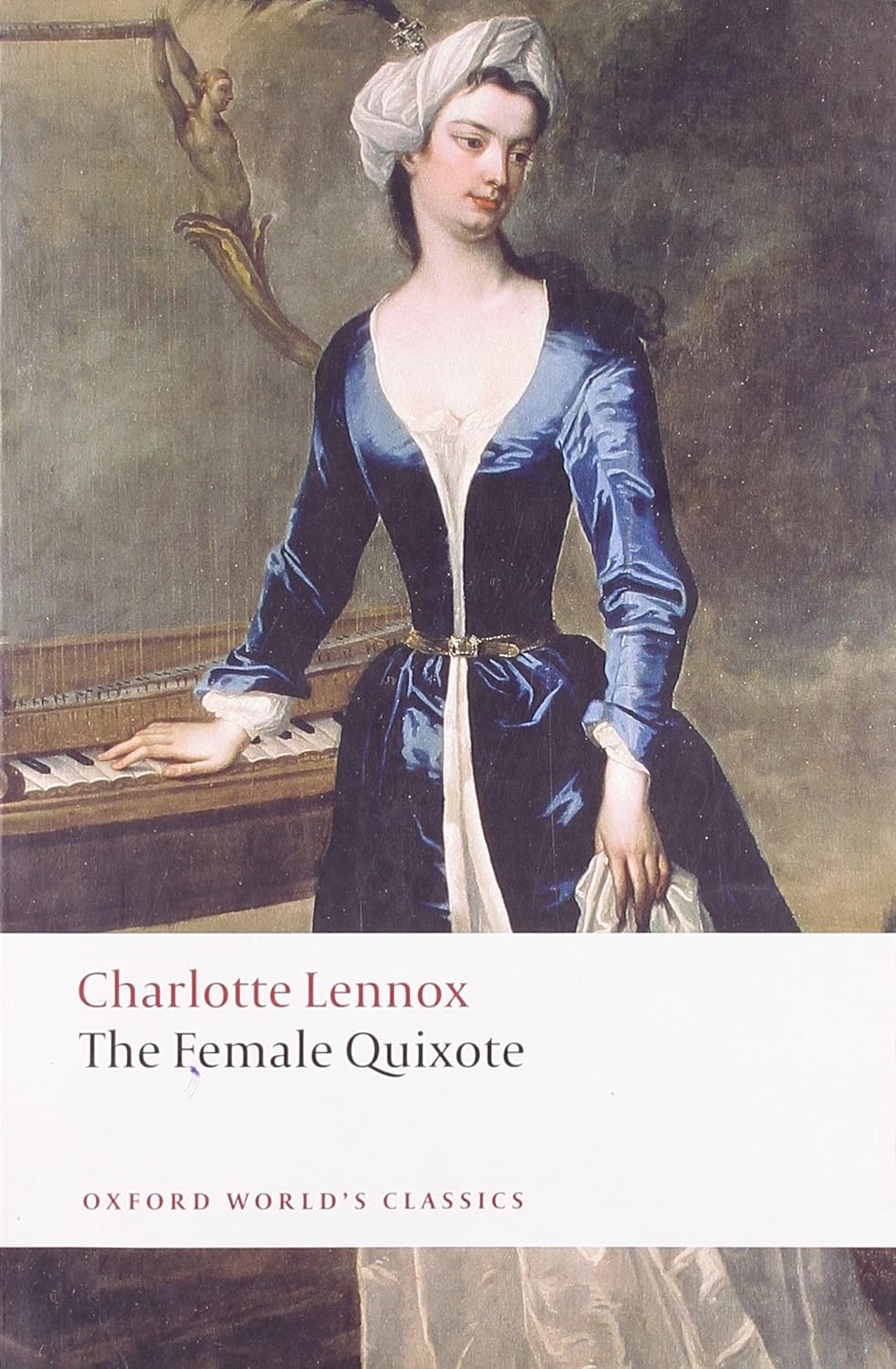
Horace Walpole, Nick Groom (Editor) The Castle of Otranto: A Gothic Story (Oxford World's Classics)
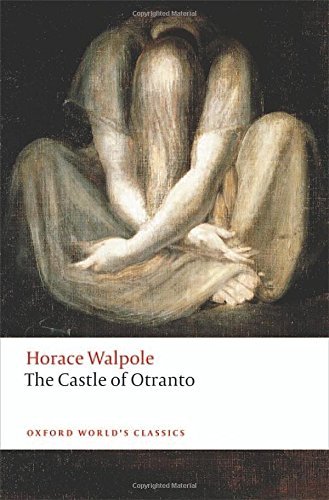
Clara Reeve, James Trainer (Editor), James Watt (Introduction), The Old English Baron (Oxford World's Classics)
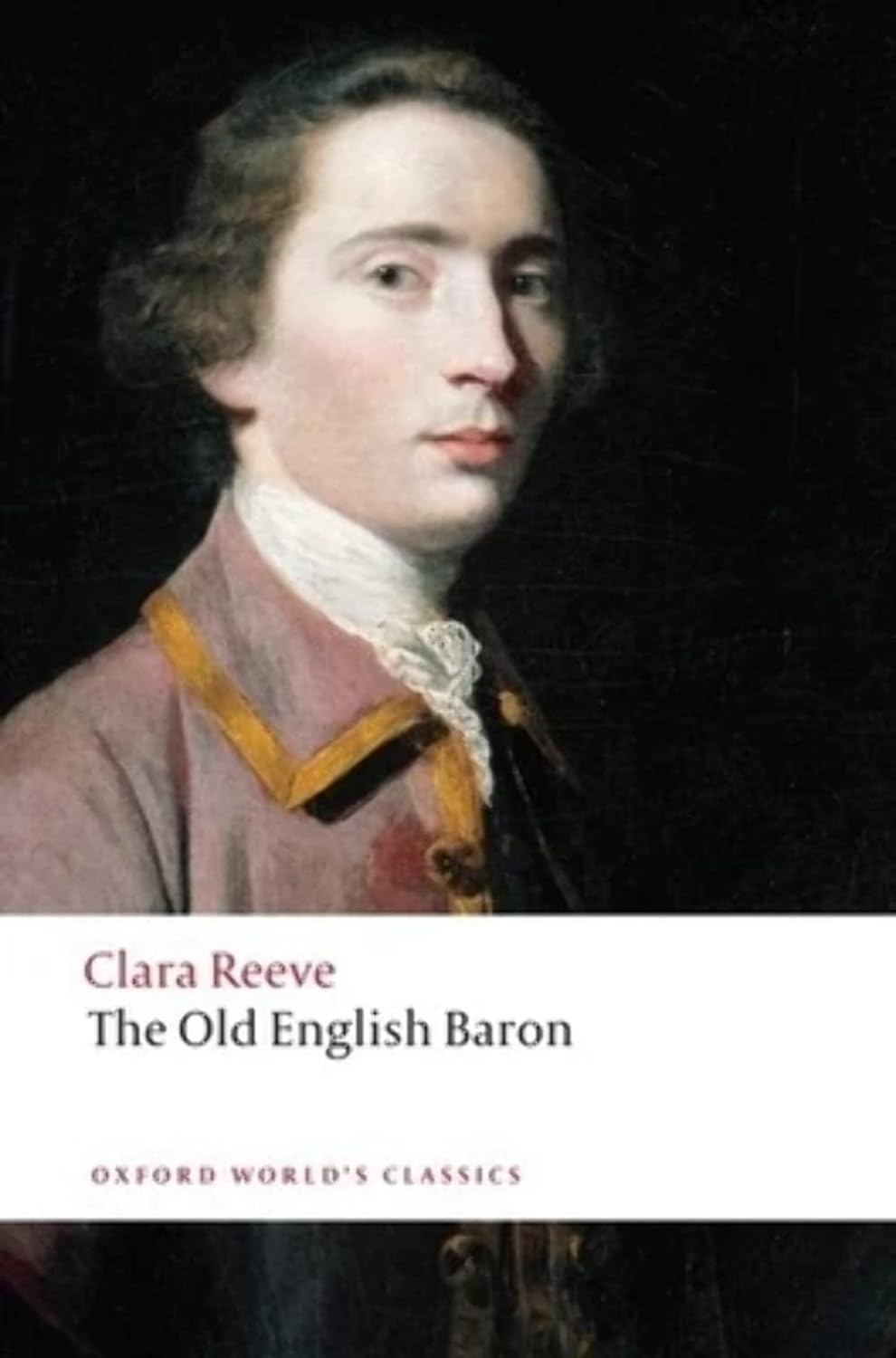
Anne Radcliffe, "On the Supernatural in Poetry,"
New Monthly Magazine volume 16, no. 1 (1826), pp. 145-152
Ann Radcliffe (Author), Bonamy Dobrée (Editor), Terry Castle (Introduction), The Mysteries of Udolpho (Oxford World's Classics)

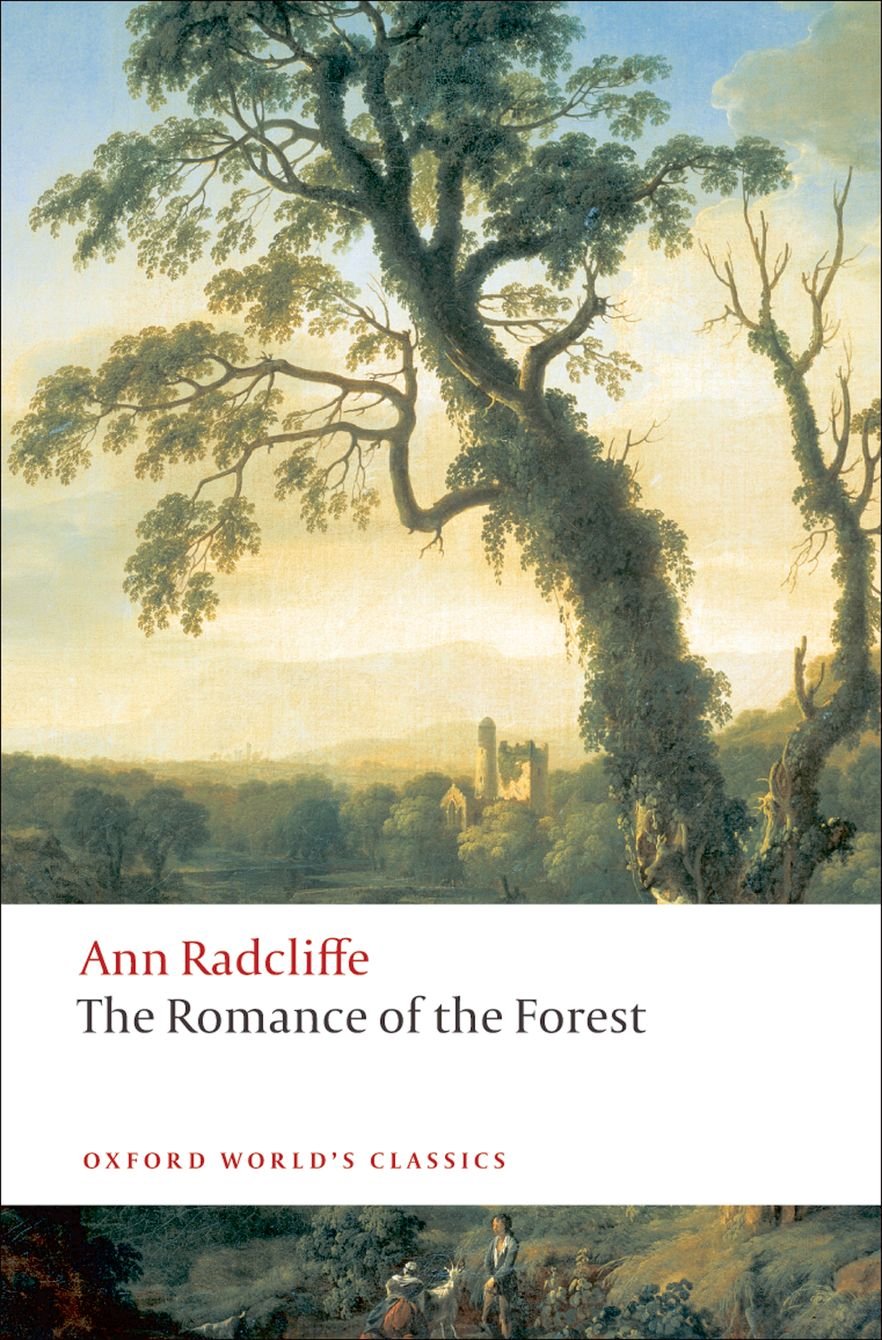
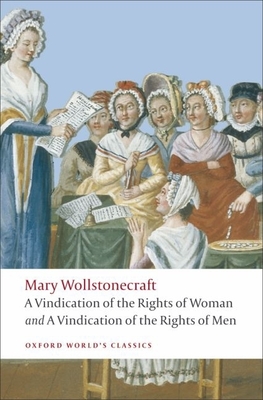
Susan J. Wolfson, On Mary Wollstonecraft's A Vindication of the Rights of Woman: The First of a New Genus (2023)

Frances Burney, Edward A. Bloom (Editor), Vivien Jones (Introduction), Evelina (Oxford World's Classics)
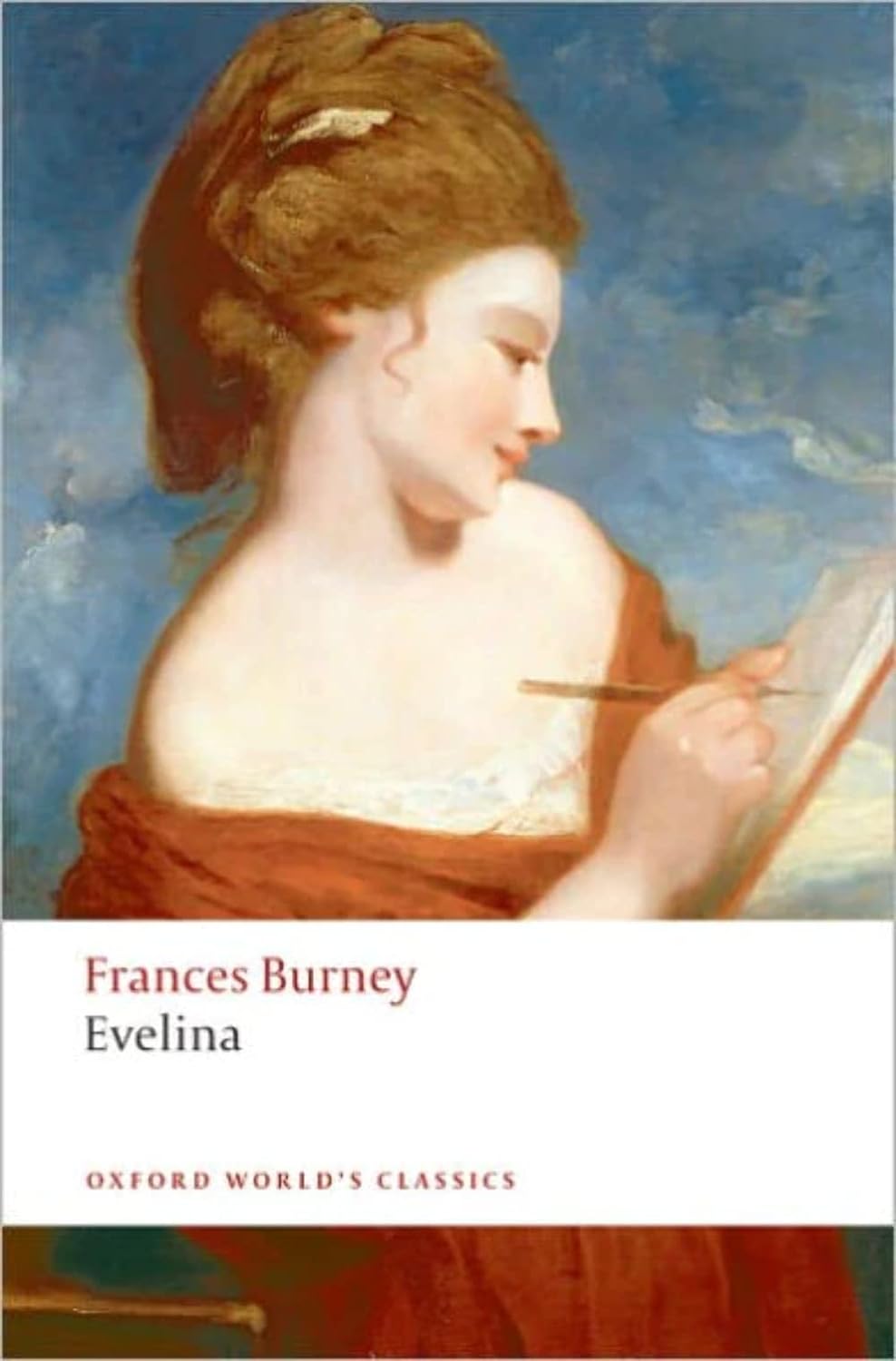
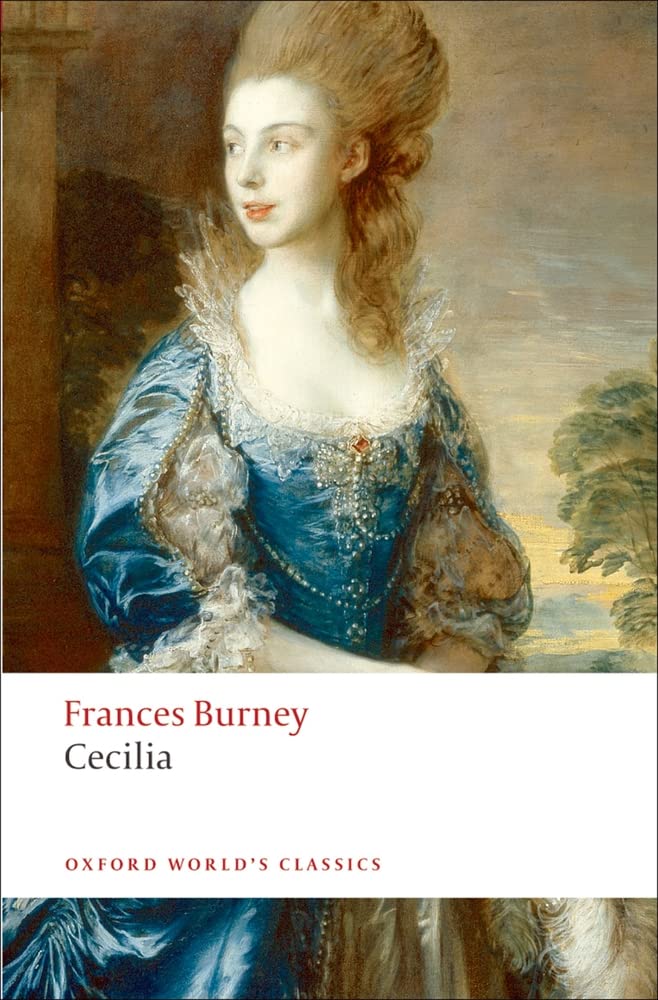

William Beckford, Thomas Keymer (Editor) Vathek (Oxford World's Classics)
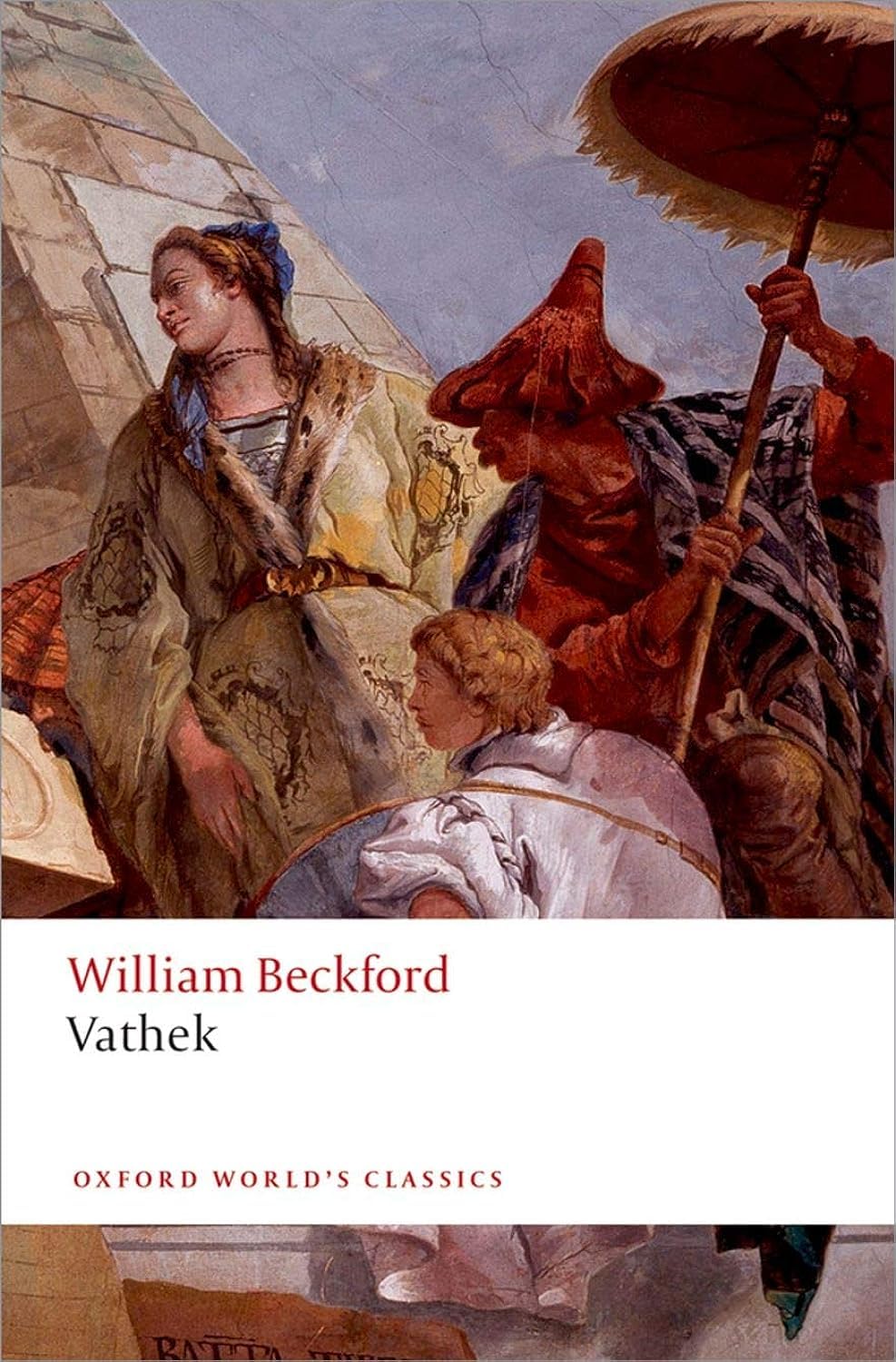
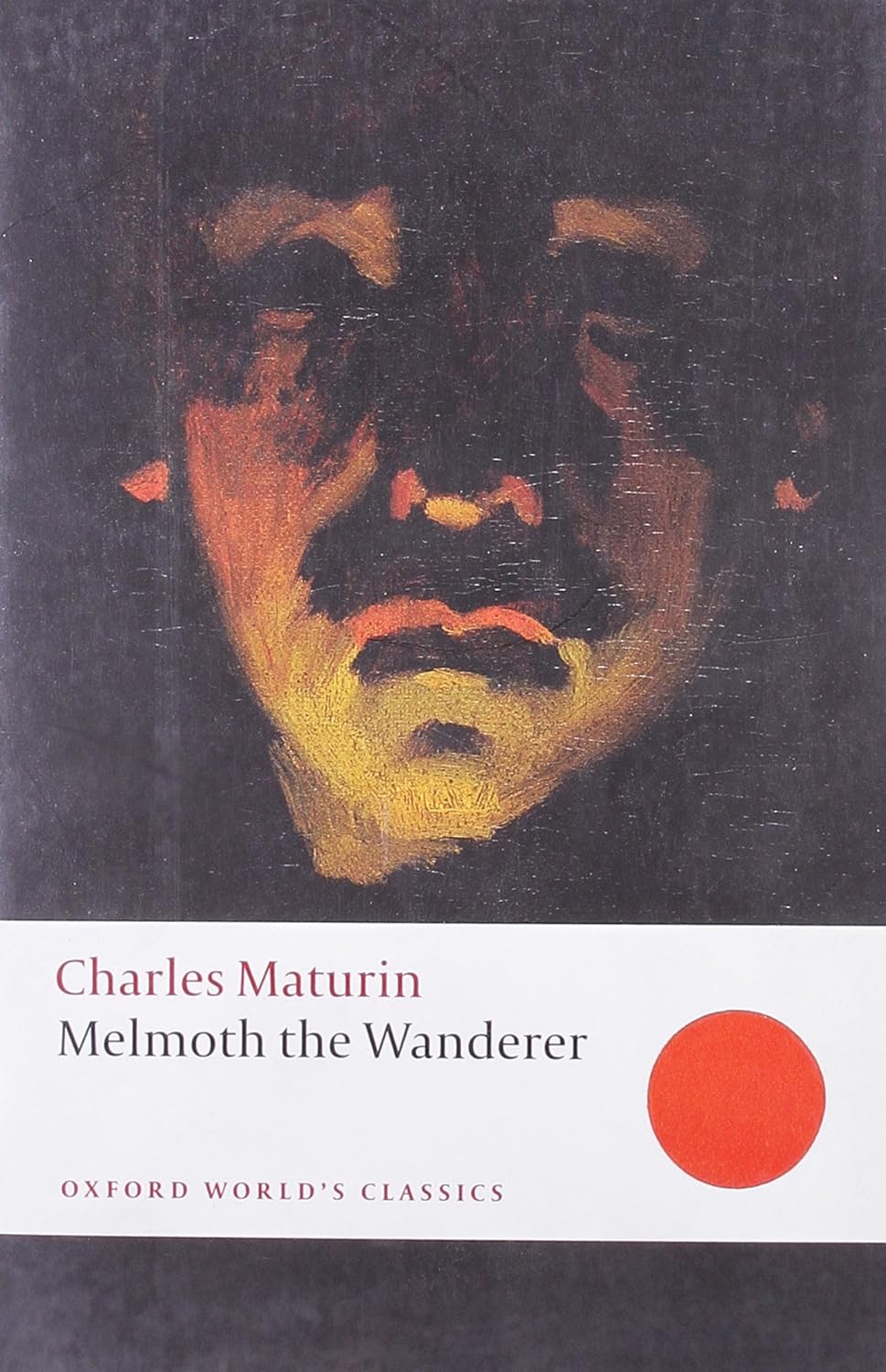
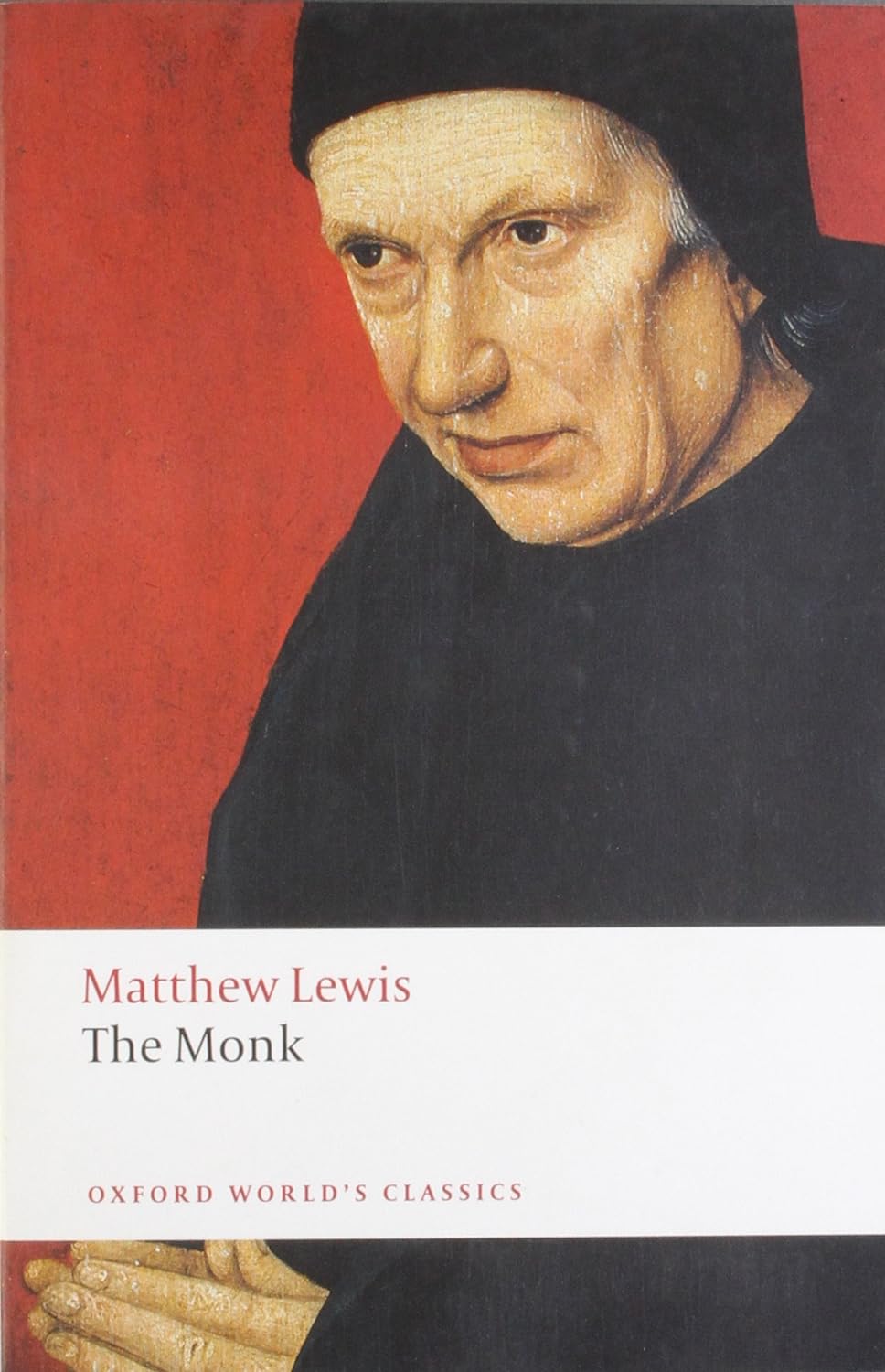
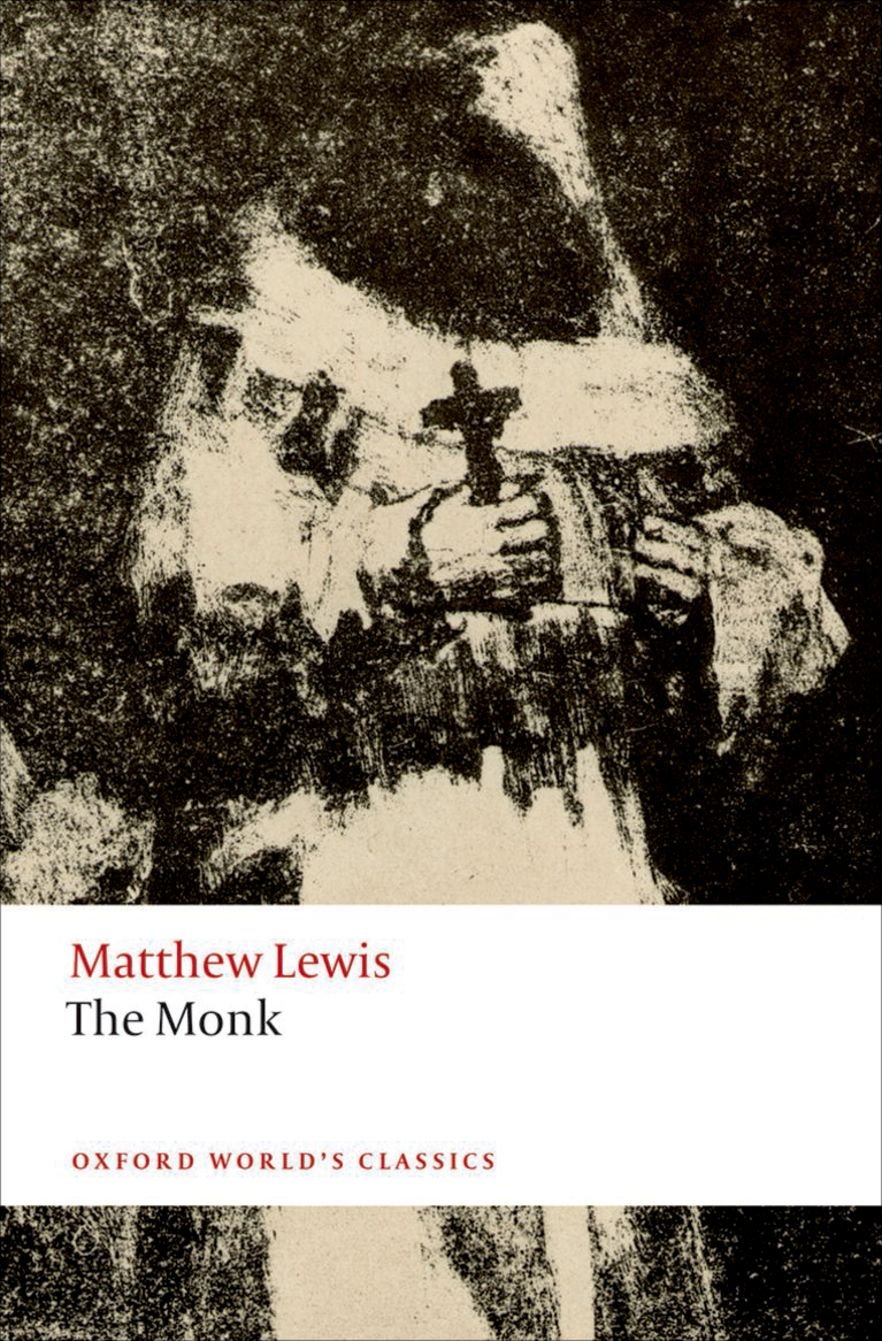

Rebecca E. Martin, "I Should like to Spend My Whole Life in Reading It": Repetition and the Pleasure of the Gothic." The Journal of Narrative Technique Vol. 28, No. 1 (Winter, 1998), pp. 75-90
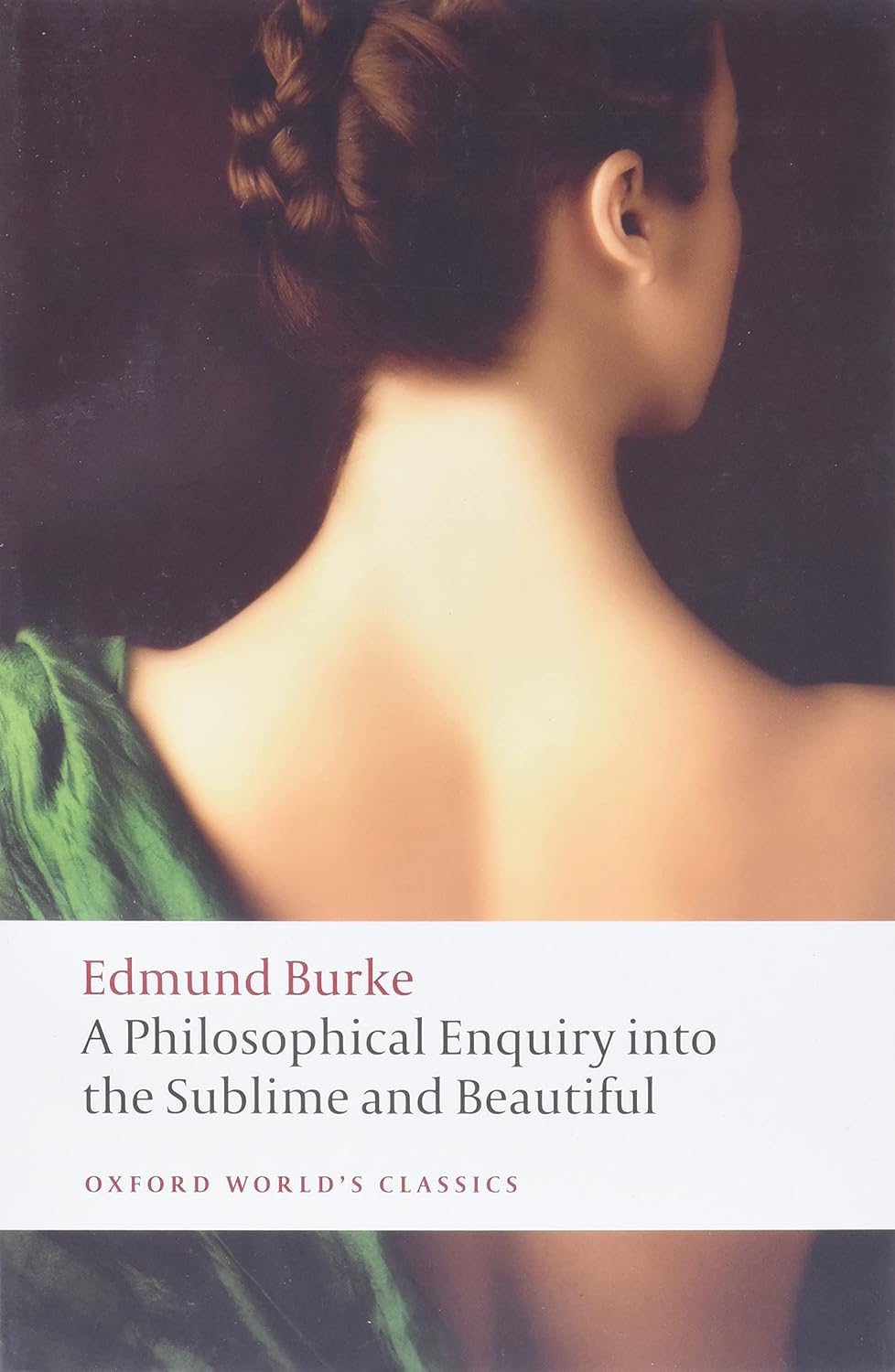

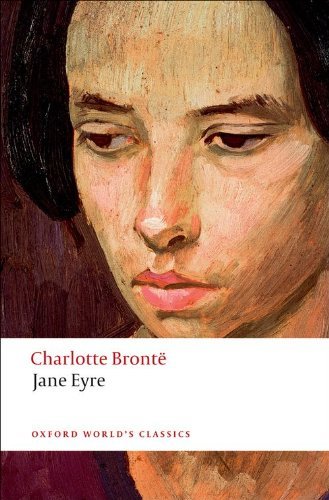
Hannah More, Coelebs in Search of a Wife
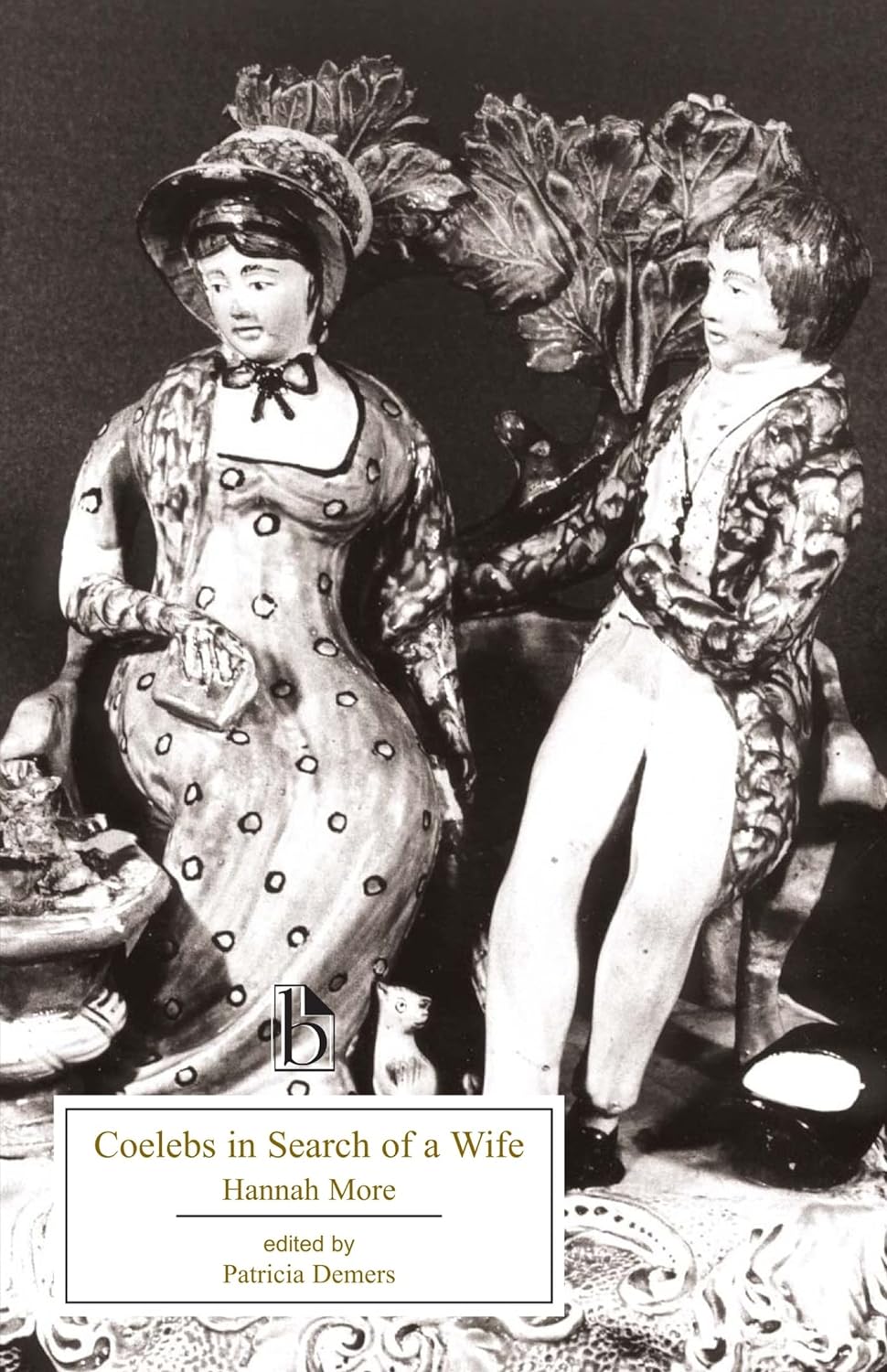
Mary Wollstonecraft, Mary, A Fiction and The Wrongs of Woman, or Maria
Thomas Love Peacock, Nightmare Abbey
"When you have processed all the information you have been waiting for, you see the point of the order of the scribbled names, as Lockwood gives them: Catherine Earnshaw, Catherine Heathcliff, Catherine Linton. Read from left to right they recapitulate Catherine Earnshaw's story; read from right to left, the story of her daughter, Catherine Linton. The names Catherine and Earnshaw begin and end the narrative. Of course some of the events needed to complete this pattern had not occurred when Lockwood slept in the little bedroom; indeed the marriage of Catherine and Hareton is still in the future when the novel ends. Still, this is an account of the movement of the book: away from Earnshaw and back, like the movement of the house itself. And all the movement must be through Heathcliff.
And all the movement Charlotte Brontë remarks, from her own experience, that the writer says more than he knows, and is emphatic that this was the case with Emily. "Having formed these beings, she did not know what she had done." Of course this strikes us as no more than common sense, though Charlotte chooses to attribute it to Emily's ignorance of the world. A narrative is not a transcription of something pre-existent. And this is precisely the situation represented by Lockwood's play with the names he does not understand, his constituting out of any scribbles, a rebus for the plot of the novel he's involved in. The situation indicates the kind of work we must do when a narrative opens itself to us, and contains information in excess of what generic probability requires."
--Frank Kermode, "A Modern Way with the Classic"
New Literary History Vol. 5, No. 3 (Spring, 1974), pp. 415-434; pp. 419-20 (Bolded emphases, mine)
Emily (dir. Frances O’Connor, 2023)

15 As for man, his days are as grass: as a flower of the field, so he flourisheth.
16 For the wind passeth over it, and it is gone; and the place thereof shall know it no more.
Psalm 103, KJV
To learn how to understand a piece of music, a philosopher said, you have to hear it twice.
A conductor of baroque music said you have to listen to repeated hearings before you understand it.
"How full of meaning and significance the language of music is we see from the repetition of signs, as well as from the Da capo which would be intolerable in the case of works composed in the language of words. In music, however, they are very appropriate and beneficial; for to comprehend it fully, we must hear it twice."
--Arthur Schopenhauer, "On the Metaphysics of Music"
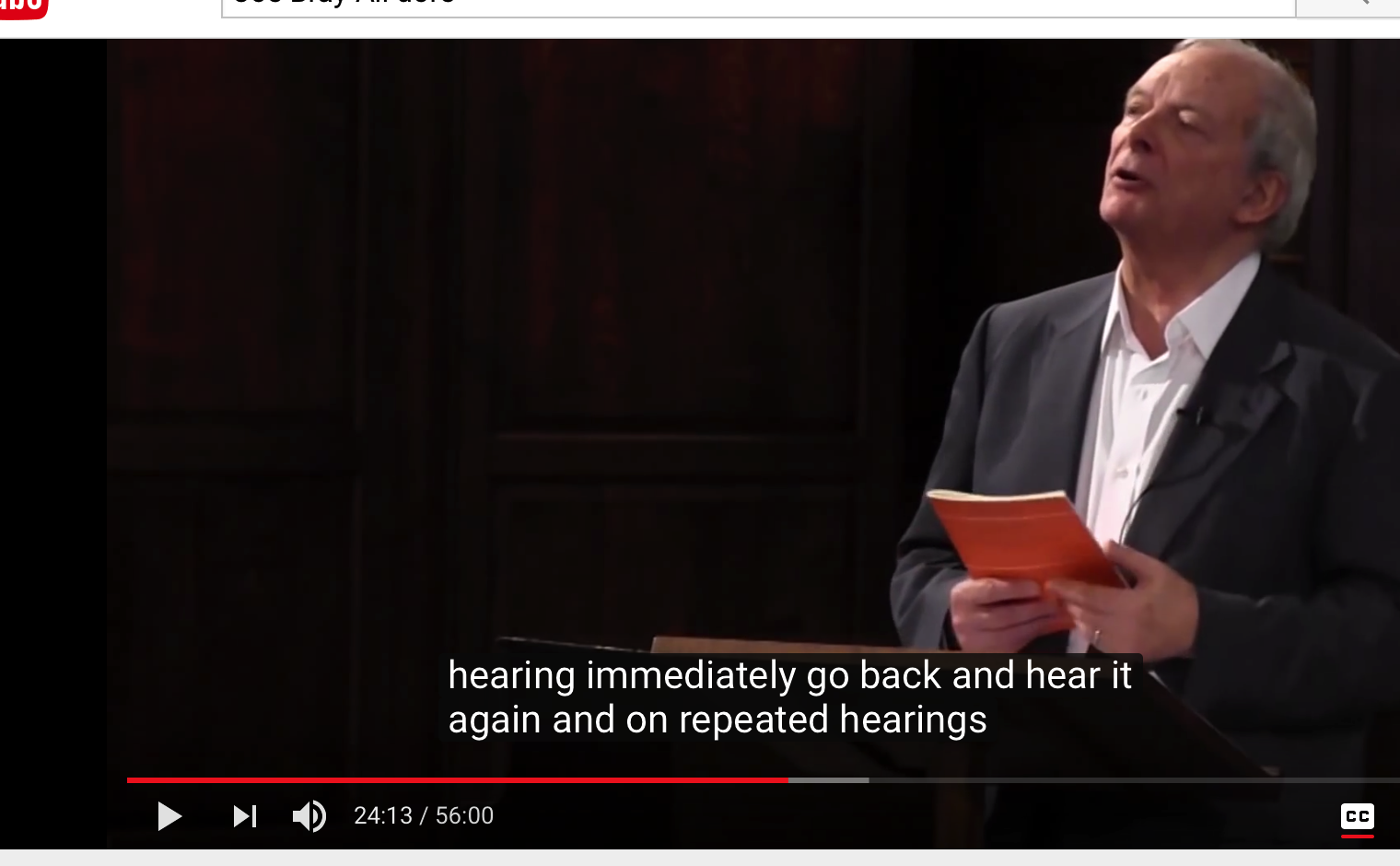
Vienna and Schubert: 'Death and the Maiden' String Quartet - Professor Chris Hogwood CBE
"The greatest pieces of music are called classics simply because at a first hearing--that is terribly...complicated to work out what's going on or even more complicated to explain to yourself why it's going on--even to hear it has to be heard several times . Probably, after first hearing immediately go back and hear it again, and on repeated hearings repreated things come to light."--Christopher Hogwood“[O]ften one listens and hears nothing, if it is a piece of music at all complicated to which one is listening for the first time. And yet when, later on, this sonata had been played over to me two or three times I found that I knew it quite well. And so it is not wrong to speak of hearing a thing for the first time. If one had indeed, as one supposes, received no impression from the first hearing, the second, the third would be equally ‘first hearings’ and there would be no reason why one should understand it any better after the tenth. Probably what is wanting, the first time, is not comprehension but memory. For our memory, compared to the complexity of the impressions which it has to face while we are listening, is infinitesimal, as brief as the memory of a man who in his sleep thinks of a thousand things and at once forgets them, or as that of a man in his second childhood who cannot recall, a minute afterwards, what one has just been saying to him. Of these multiple impressions our memory is not capable of furnishing us with an immediate picture. But that picture gradually takes shape, and, with regard to works which we have heard more than once, we are like the schoolboy who has read several times over before going to sleep a lesson which he supposed himself not to know, and finds that he can repeat it by heart next morning. It was only that I had not, until then, heard a note of the sonata, whereas Swann and his wife could make out a distinct phrase that was as far beyond the range of my perception as a name which one endeavours to recall and in place of which one discovers only a void, a void from which, an hour later, when one is not thinking about them, will spring of their own accord, in one continuous flight, the syllables that one has solicited in vain. And not only does one not seize at once and retain an impression of works that are really great, but even in the content of any such work. . . it is the least valuable parts that one at first perceives.”
Marcel Proust, Within A Budding Grove, Part 1
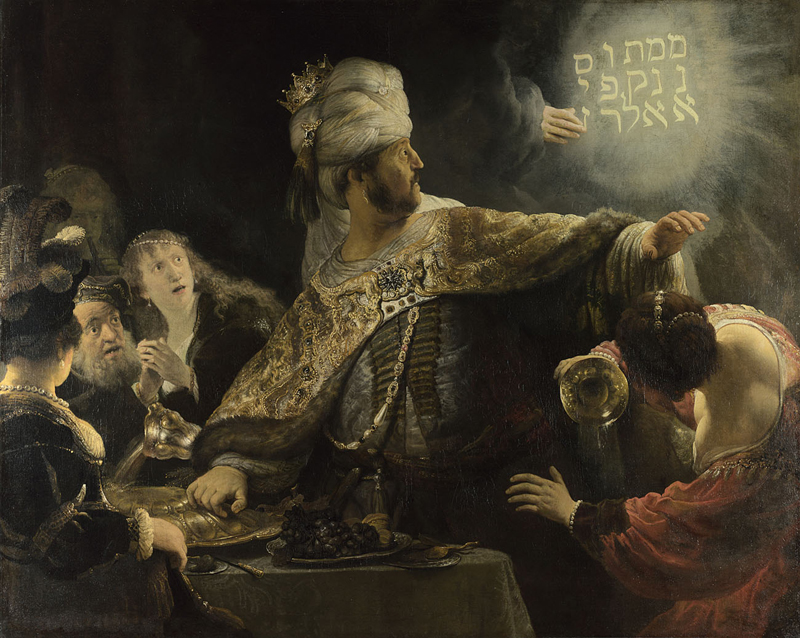
"mene mene tekel upharsin" Book of Daniel 5 / Belshazzar's Feast(Rembrandt)
Matthew Arnold, "Haworth Churchyard"
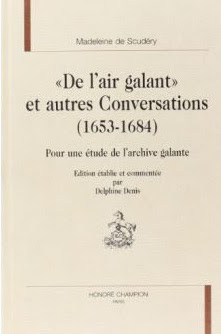
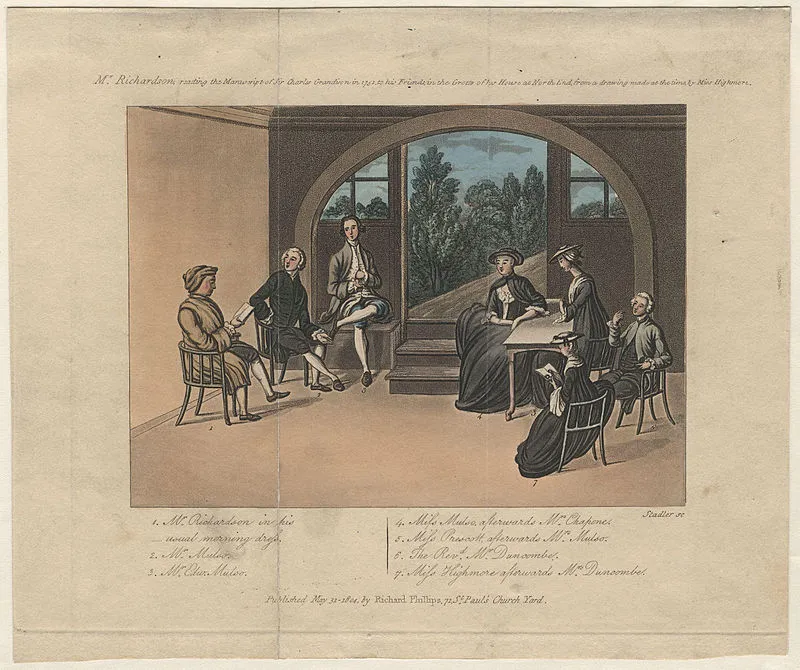
Eve Sedgwick, “Jane Austen and the Masturbating Girl,” Critical Inquiry, Vol. 17, No. 4 (Summer, 1991), pp. 818-837
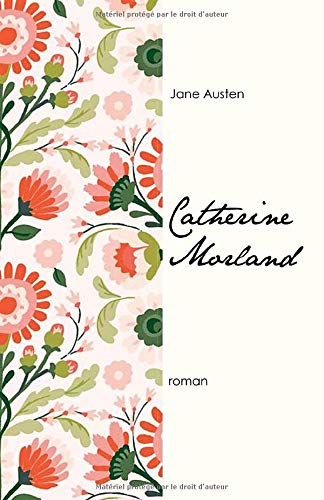
Jane Austen, Catherine Morland, Félix Fénéon (Translator)
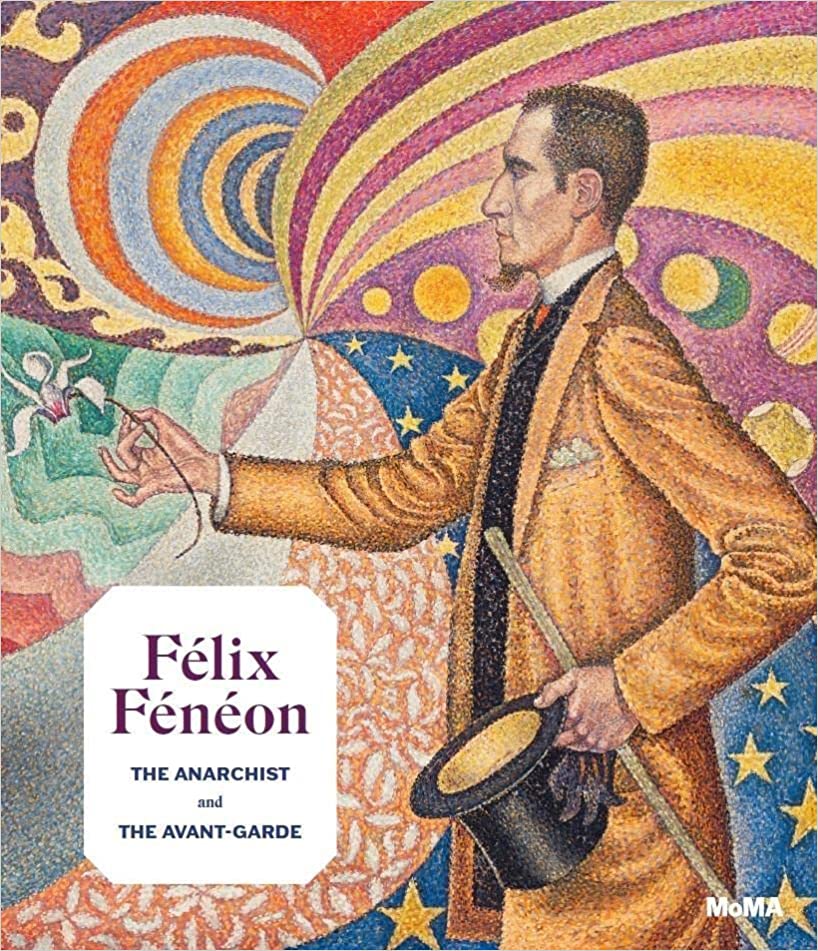
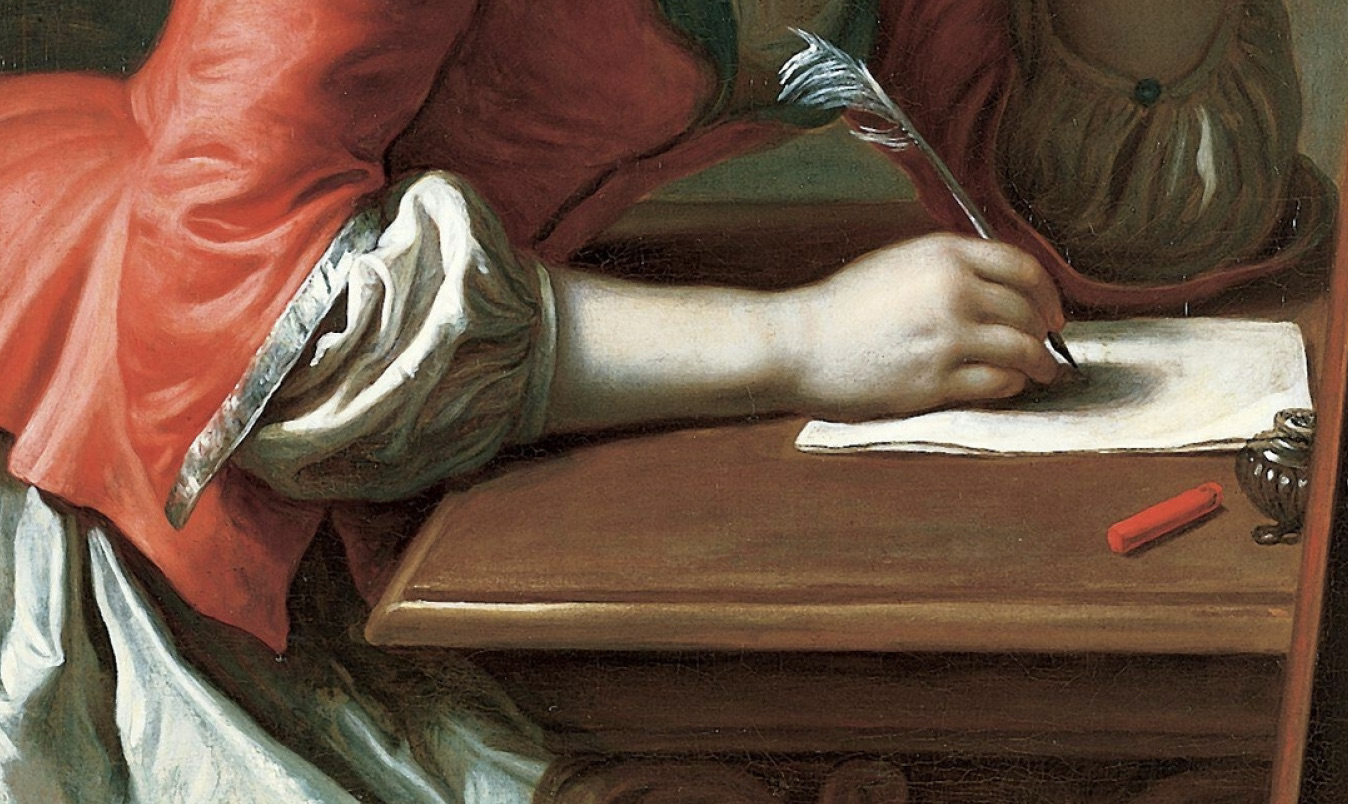
THE STATIONERS' COMPANY AND LETTER WRITING 28 MAY 2020
Letter Writing in Austen novels.
Letters Written to and for Particular Friends by Samuel Richardson, 1741
Letters, letter writing and epistolary novels
MADELEINE DE SCUDÉRY, « DE LA MANIÈRE D'ÉCRIRE DES LETTRES»
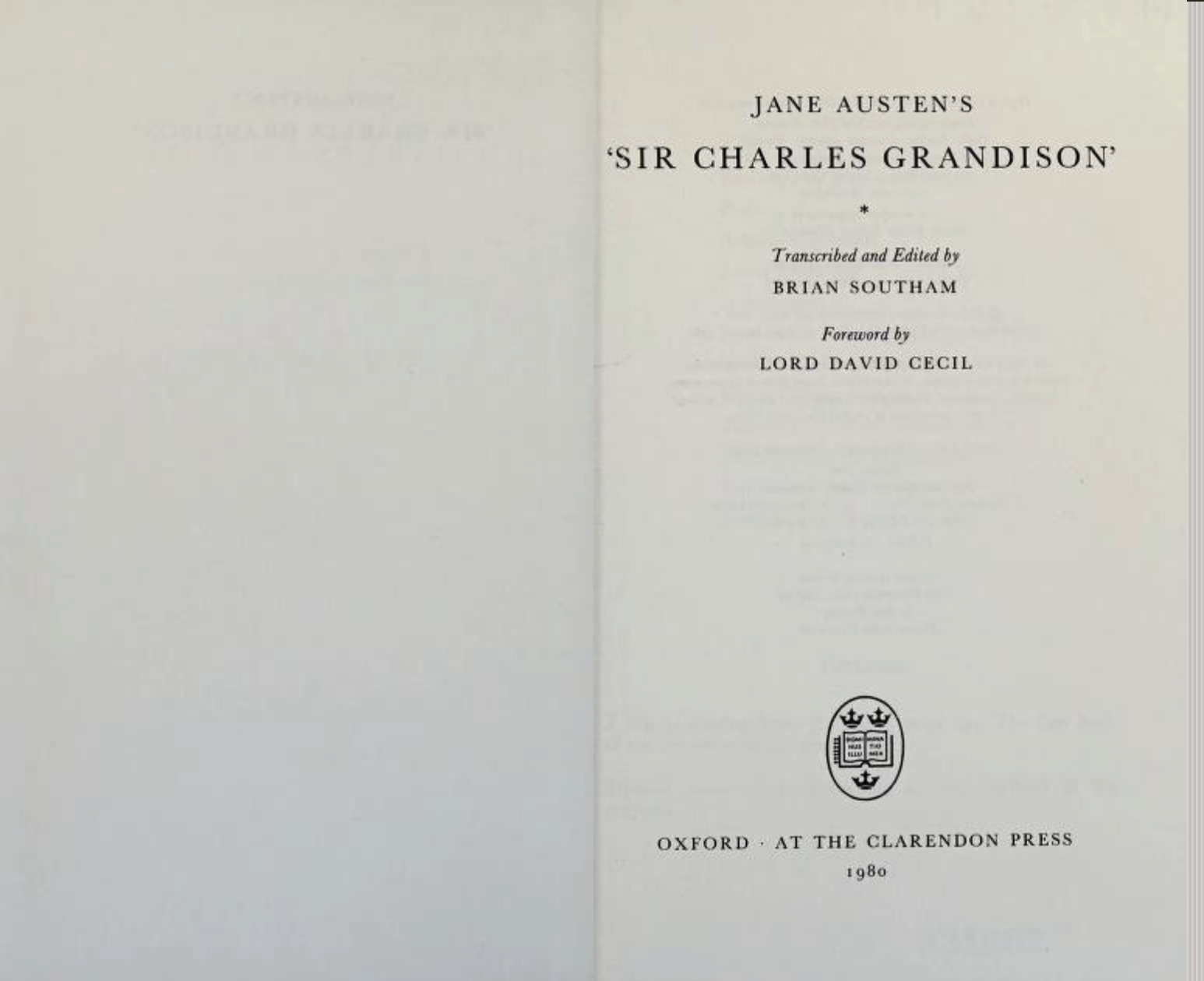
Jane Austen's "Sir Charles Grandison" (Oxford 1980)
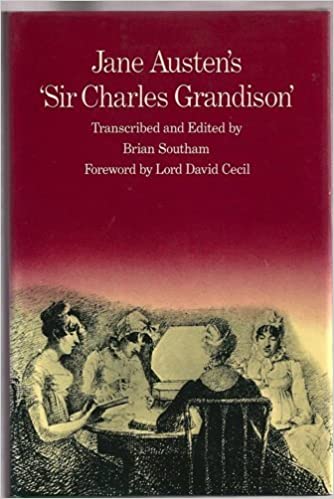
Nearly everyone, including the master becomes a ghost when we discover what Frank Kermode calls the "chain of narrators" in WH; remember Hanold's dreams when you read Lockwood's dreams in WH; "The ledge, where I placed my candle, had a few mildewed books piled up in one corner; and it was covered with writing scratched on the paint. This writing, however, was nothing but a name repeated in all kinds of characters, large and small—Catherine Earnshaw, here and there varied to Catherine Heathcliff, and then again to Catherine Linton.
In vapid listlessness I leant my head against the window, and continued spelling over Catherine Earnshaw—Heathcliff—Linton, till my eyes closed; but they had not rested five minutes when a glare of white letters started from the dark, as vivid as spectres—the air swarmed with Catherines; and rousing myself to dispel the obtrusive name, I discovered my candle-wick reclining on one of the antique volumes, and perfuming the place with an odour of roasted calf-skin.
I snuffed it off, and, very ill at ease under the influence of cold and lingering nausea, sat up and spread open the injured tome on my knee. It was a Testament, in lean type, and smelling dreadfully musty: a fly-leaf bore the inscription—“Catherine Earnshaw, her book,” and a date some quarter of a century back."
Emily Brontë, Wuthering Heights (Norton Critical Editions), Alexandra Lewis (Editor)
Emily Brontë, Wuthering Heights (Oxford World's Classics) Helen Small, Ian Jack (Editor)
Emily Brontë, The Annotated Wuthering Heights, Janet Gezari (Editor)
Emily Brontë, Wuthering Heights, Pauline Nestor (Editor) Lucasta Miller (Preface)
Emily Brontë, Wuthering Heights (Oxford World's Classics) John Bugg (Editor)
Roger Rosenblatt, "The Universities: A Bitter Attack" (Review of Roger Kimball,Tenured Radicals), New York Times, 22 April 1990, p. 30.
Claudia L. Johnson and Clara Tuite Eds. Blackwell Companion to the Works of Jane Austen (2009)
Or consider this passage from Jacques Derrida's Archive Fever: A Freudian Impression:
We cannot reconstitute here the virtual exchange of questions and answers set in motion in such a "Monologue" on the subject of the very content of Moses. This entire talmudico-psychoanalytic discussion is fascinating and passionate. But can one not then say that a priori it shows Freud to be right? Can one not claim that the very structure of this scene, the formal logic of the arguments, the topology and the strategy of the interlocutors (living or spectral) show Freud to be right, even and, perhaps, above all where he is wrong, from the point of view of "material truth"? Even where the dead person may be put to death again, Freud like so many others, from Laius to Moses? Even where he is accused of so many shortcomings by the one who proceeds while repeating "I repeat: I do not blame you" [98]?
"To do justice. " Yet again, I would like to but cannot do justice to the intense and rich discussion staged by this final "Monologue." If I should fail to do it, which seems to me unfortunately inevitable, it is not due only to some limit or another (personal, factual, alas real), it is not due even to the lack of time. This fatal "injustice" is due to the necessity of showing, a priori, the person occupying the position of Freud here to be right. This is the strange violence I would like to speak of (also out of concern for justice, because I shall no doubt be injust out of concern for justice) while making myself in turn guilty of it a priori." p. 42
All recommended readings are optional.
EXPLORING THE WORLD OF ROY ANDERSSON
Roy Andersson montage with music.
Rudolf Arnheim, Film as Art. Bordwell and Thompson, Film Art; Slow Cinema; V. F. Perkins, Film as Film; The Art House (1980s and 90s); Criterion Collection; Janus Films; Cellouloid vs. Digital; Film Restoration; World Cinema; nouvelle vague; avant-garde versus narrative film; cahiers du cinema; Truffaut; auteur theory; Andrew Sarris; Pauline Kael
Kate Briggs, THIS LITTLE ART
365 pp. Fitzcarraldo Editions.
All Light, Everywhere (2021)

cant-hear-what-actors-are-saying-on-tv?-it's-not-you-probably-
TV Shows Are Too Dark! Here’s How to Fix That.
To better understand why TV shows are so dark, we compared them across a range of TVs
Kenny Wassus, Nov 23, 2022

Repetition is key to learning.
To learn how to understand a piece of music, a philosopher said, you have to hear it twice.
A conductor of baroque music said you have to listen to repeated hearings before you understand it.
"How full of meaning and significance the language of music is we see from the repetition of signs, as well as from the Da capowhich would be intolerable in the case of works composed in the language of words. In music, however, they are very appropriate and beneficial; for to comprehend it fully, we must hear it twice."
--Arthur Schopenhauer, "On the Metaphysics of Music"
Vienna and Schubert: 'Death and the Maiden' String Quartet - Professor Chris Hogwood CBE
"The greatest pieces of music are called classics simply because at a first hearing--that is terribly...very complicated to work out what's going on or even more complicated to explain to yourself why it's going on--even to hear it has to be heard several times. Probably after first hearing, immediately go back and hear it again, and on repeated hearings repeated things come to light."
--Christopher Hogwood

--Barbara Johnson quoting Roland Barthes on rereading versus reading.
Kenny Wassus, Nov 23, 2022
Jane Austen, Northanger Abbey; with a preface by Rebecca West.
John K. Mathison,"Northanger Abbey and Jane Austen's Conception of the Value of Fiction," ELH, Vol. 24, No. 2 (Jun., 1957), pp. 138-152 .
Litz, A. Walton, Jane Austen, a study of her artistic development
OLIVIA MURPHY, JANE AUSTEN THE READER THE ARTIST AS CRITIC GEORGE JUSTICE, Northanger Abbey as Anti-Courtship Novel Persuasions 20 1998
Angela Wright, "Chapter 3 - Versions of Gothic and Terror," Britain, France and the Gothic, 1764–1820 Cambridge University Press, 2013
William Enfield, The Speaker: Or, Miscellaneous Pieces, Selected from the Best English Writer: And Disposed Under Proper Heads, with a View to Facilitate the Improvement of Youth in Reading and Speaking. To which is Prefixed an Essay on Elocution
Cambridge edition of Northanger Abbey12.0_pp_265_288_Appendix_summaries_and_extracts_from_Ann_Radcliffe's_novels.pdf
Reading Extracts and Letters in Austen; Selected extracts from Lady Susan, Sir Charles Grandison; Pride and Prejudice and Emma
Barbara Benedict, The Making of the British Reader and Leah Price, The Rise of the Novel and the Anthology

Recommended:
D. A. Miller, "The Late Jane Austen" Raritan Vol 10, no. 1 Summer (1990): 55-79. Rpt. in Harold Bloom, ed. Modern Critical Interpretations Jane Austen’s Persuasion
D. A. Miller, Jane Austen and Style (1995)
Adela Pinch, "Lost in a Book: Jane Austen's 'Persuasion'" Studies in Romanticism, Vol. 32, No. 1 (Spring, 1993), pp. 97-117
Claudia L. Johnson, "The Divine Miss Jane: Jane Austen, Janeites, and the Discipline of the Novel," boundary 2, Vol. 23, No. 3 (Autumn, 1996), pp. 143-163.